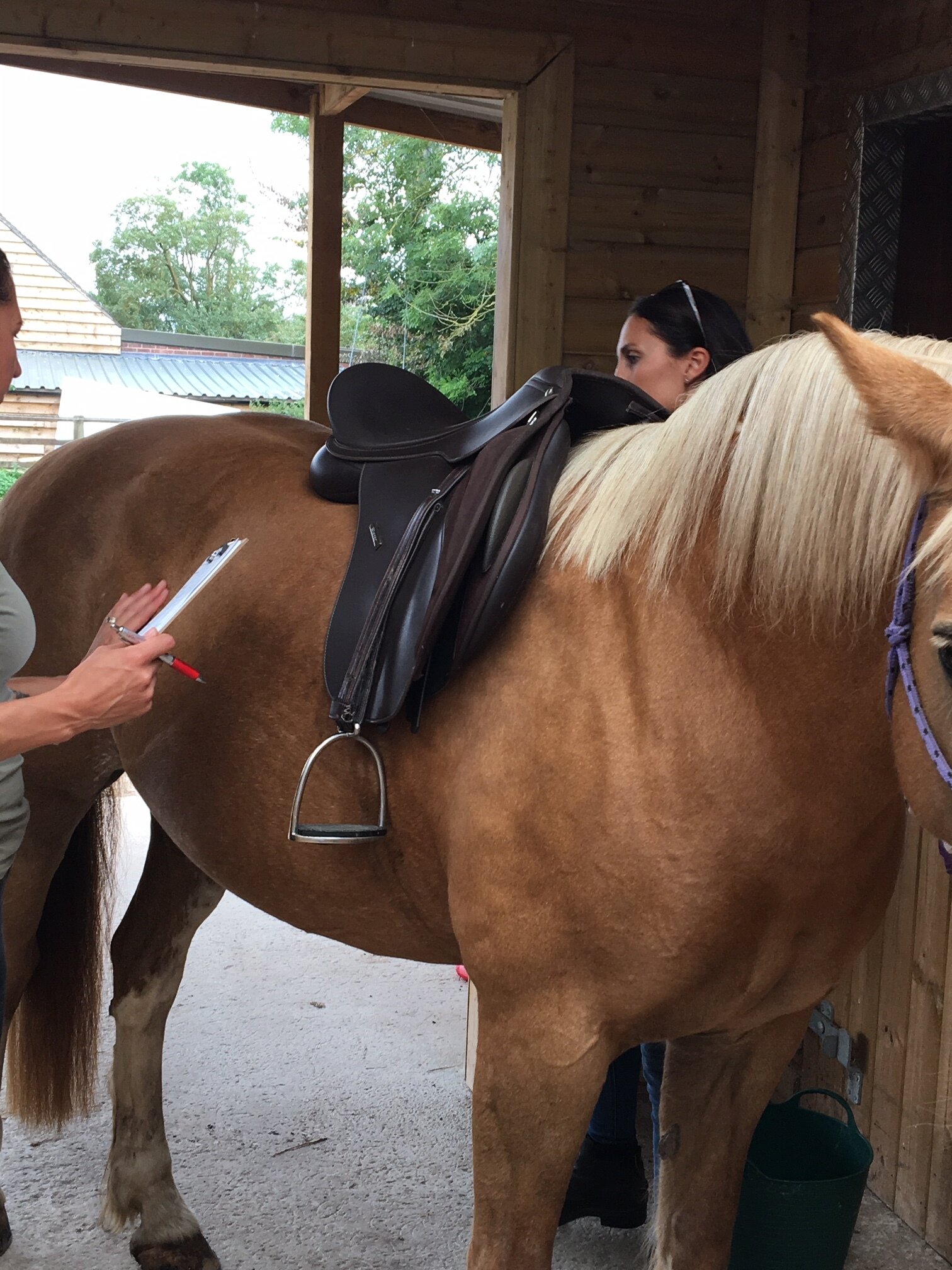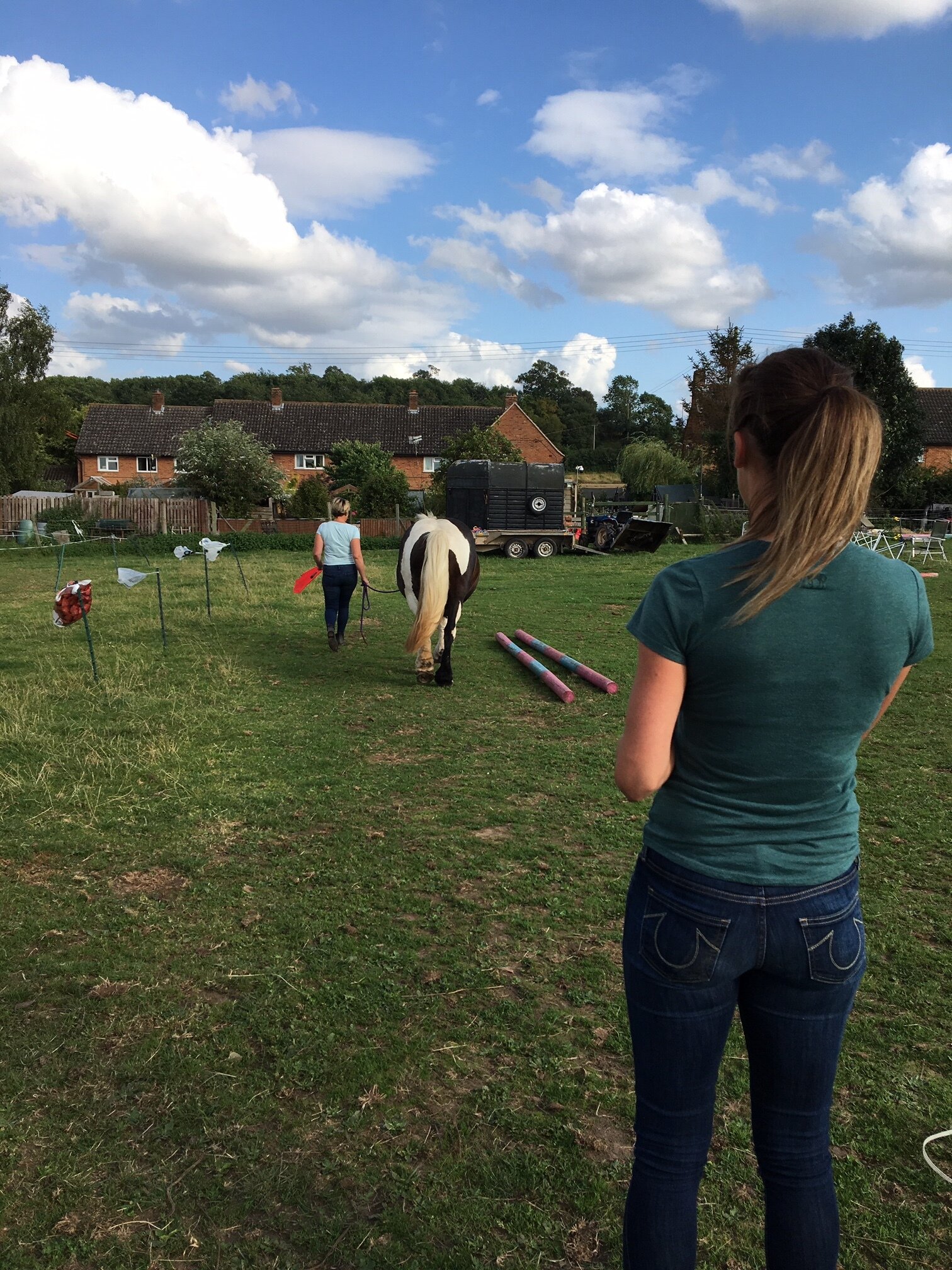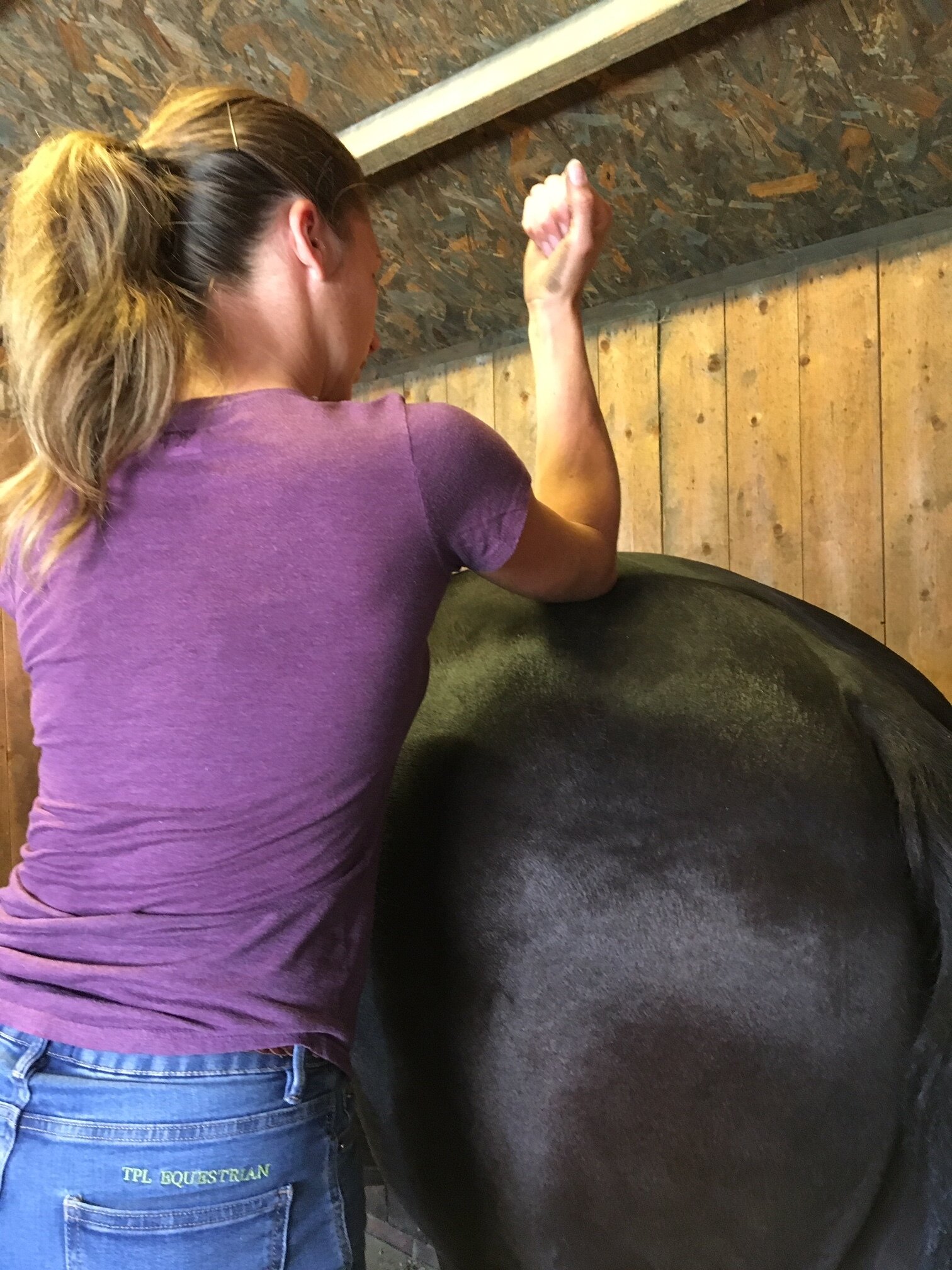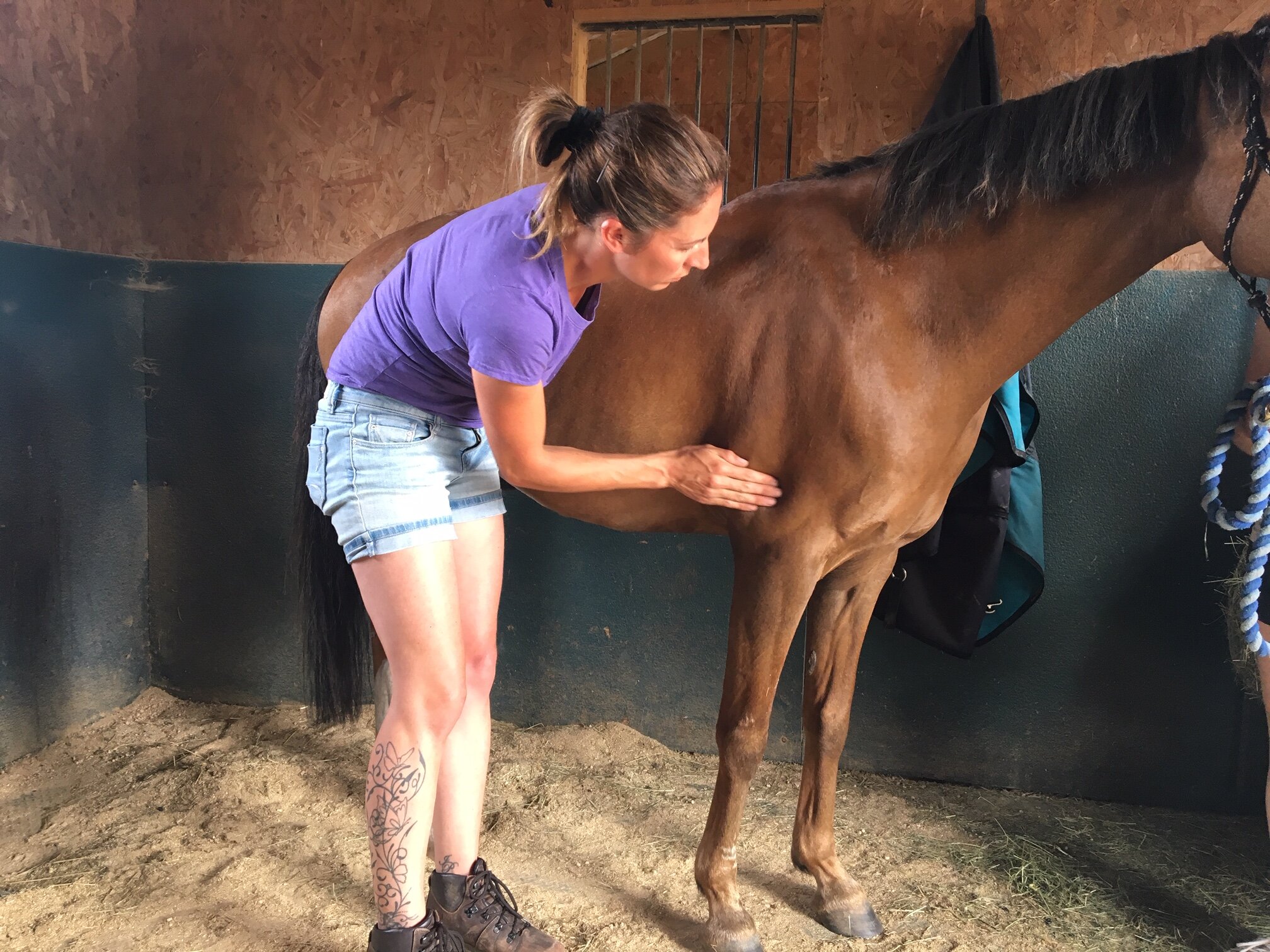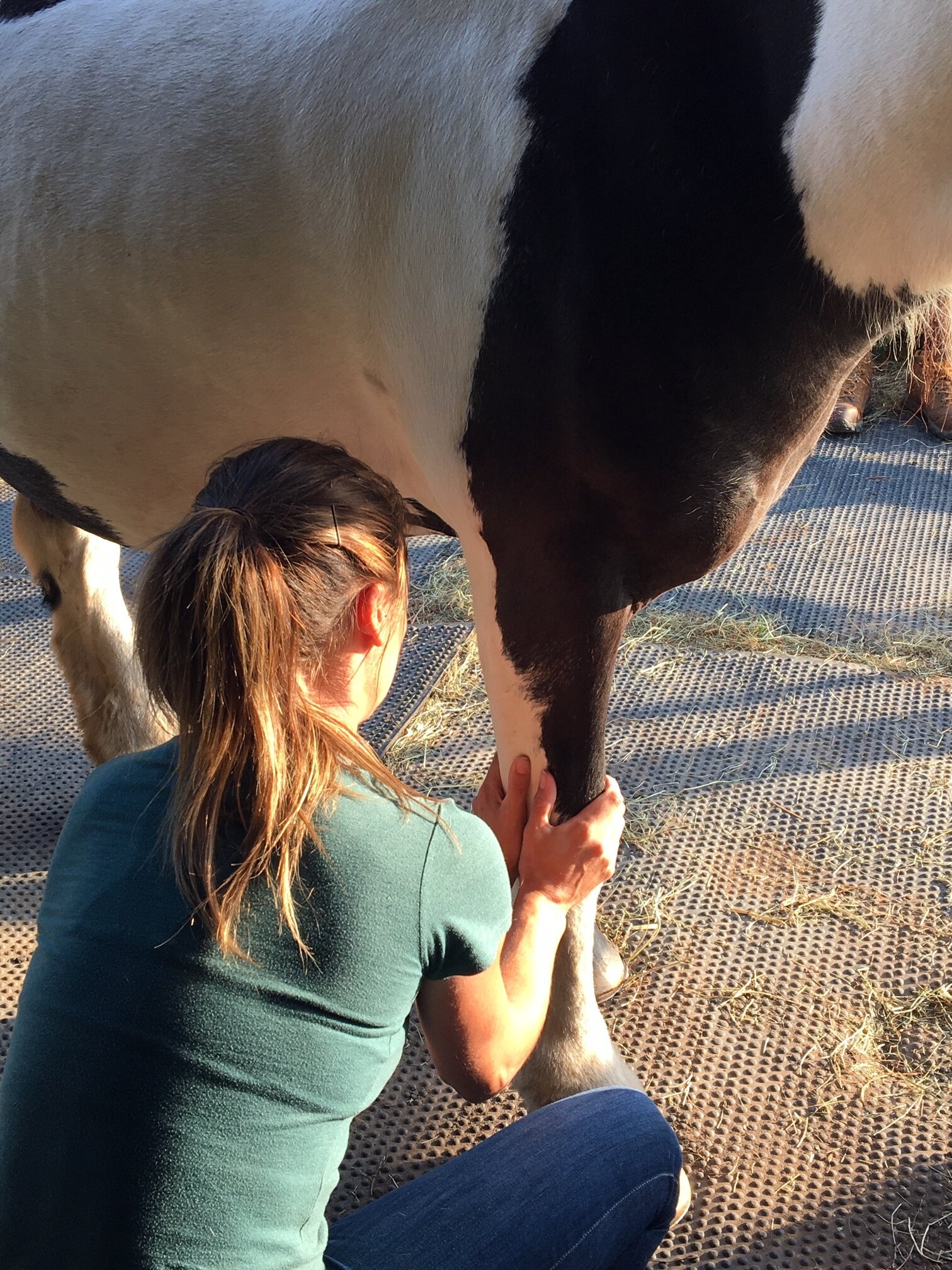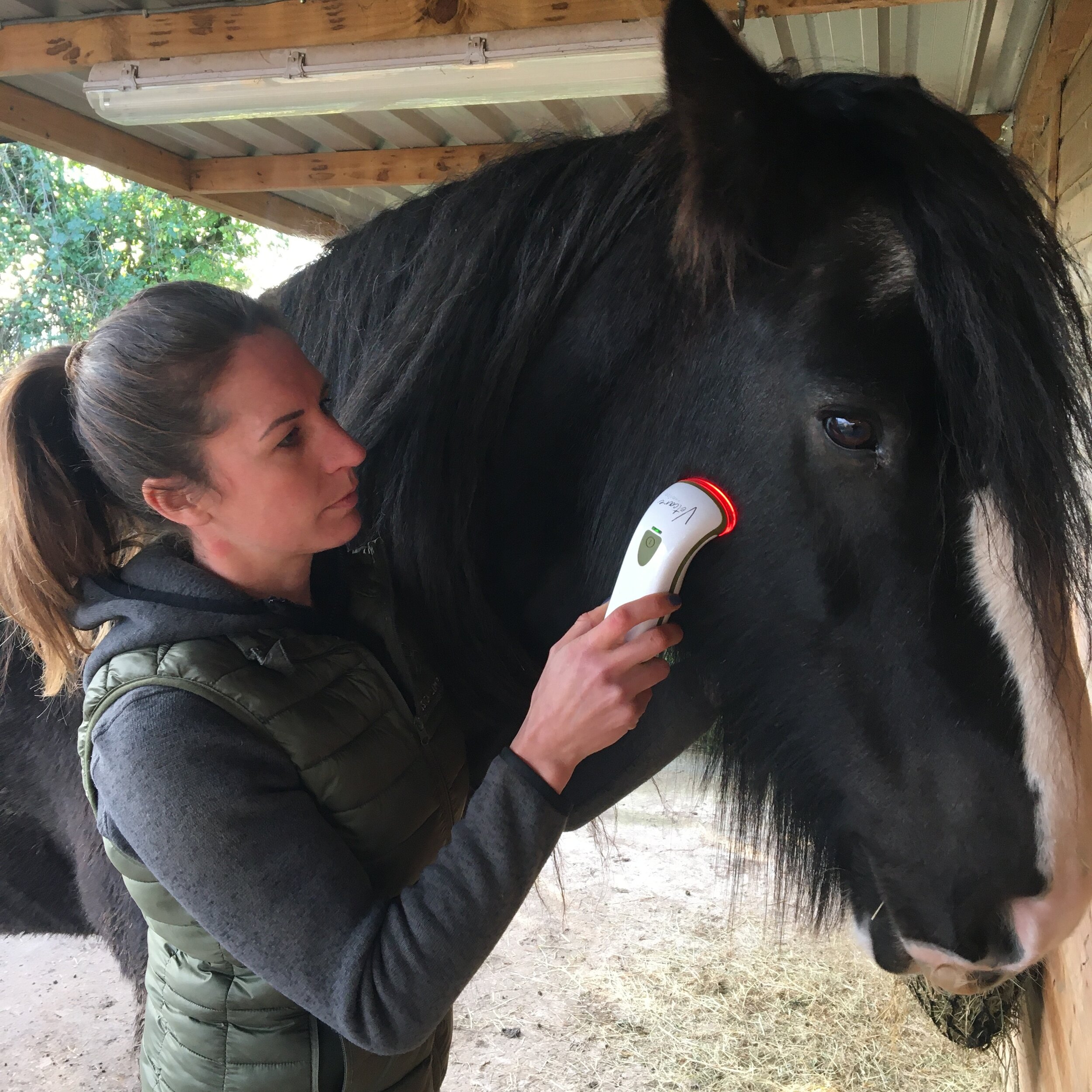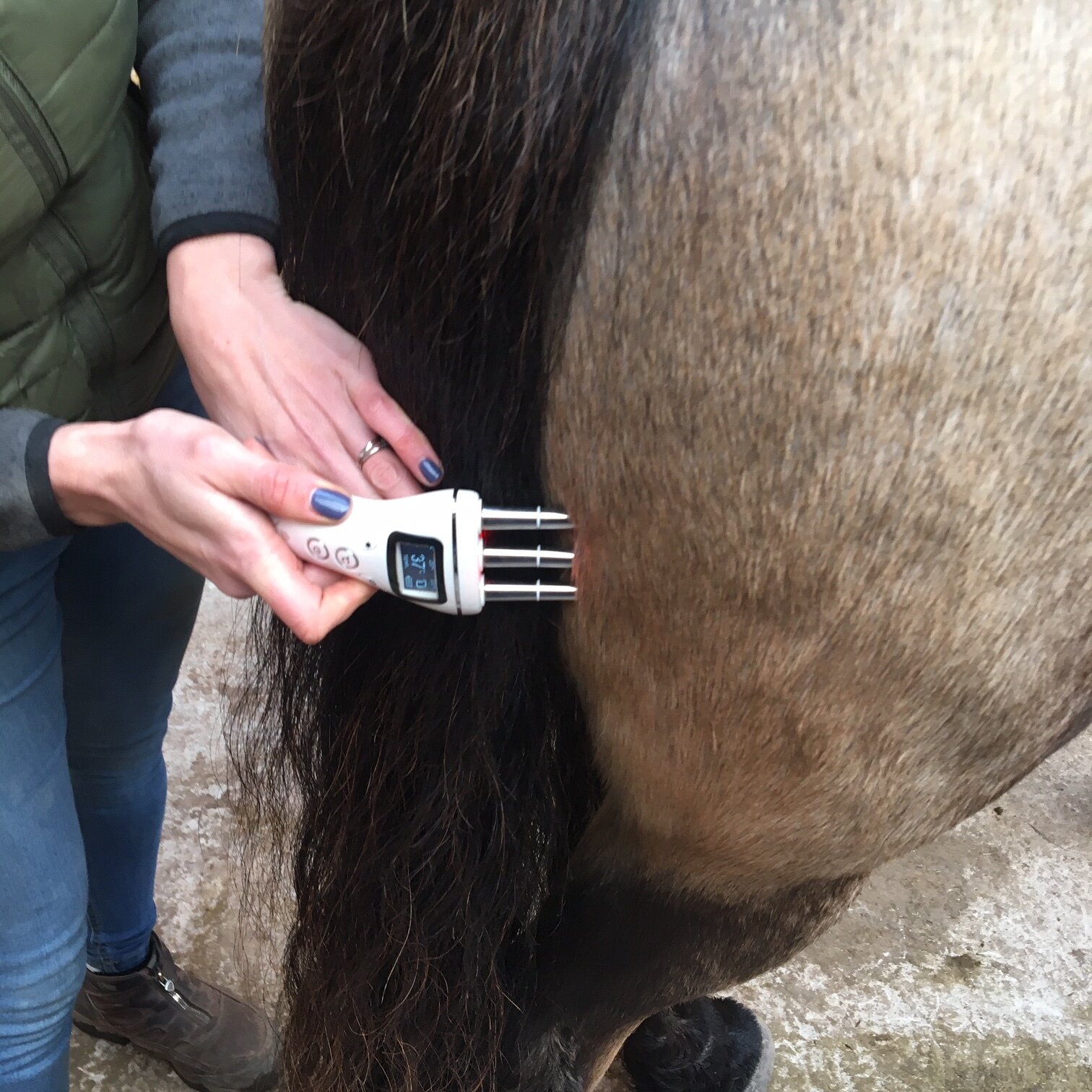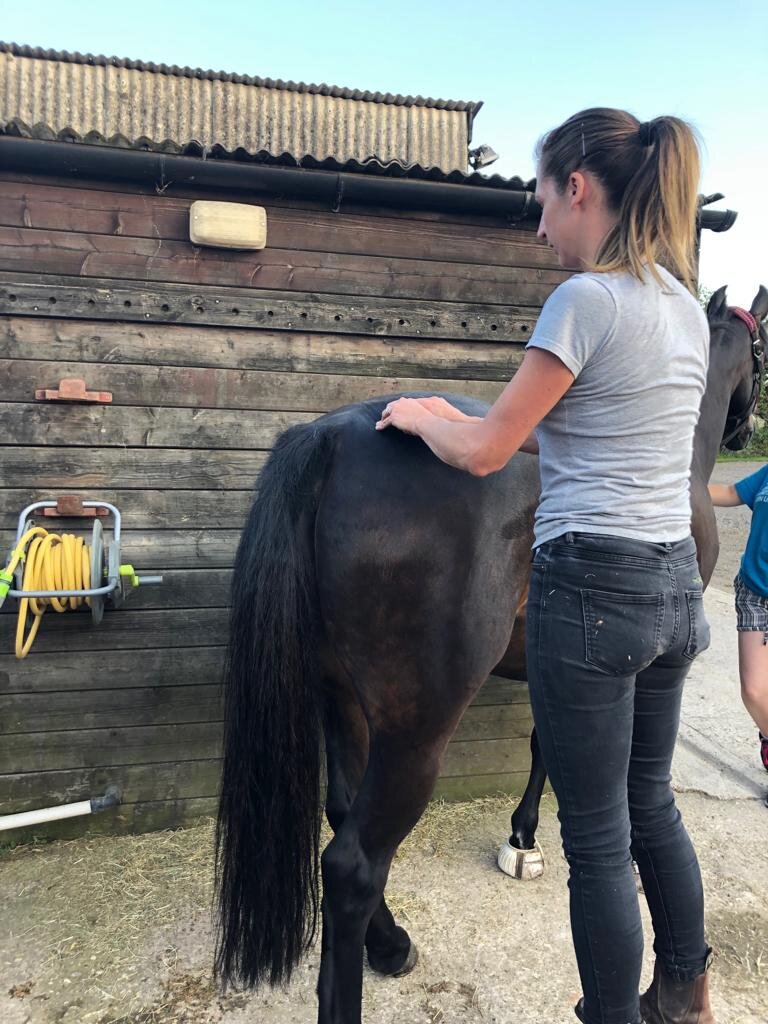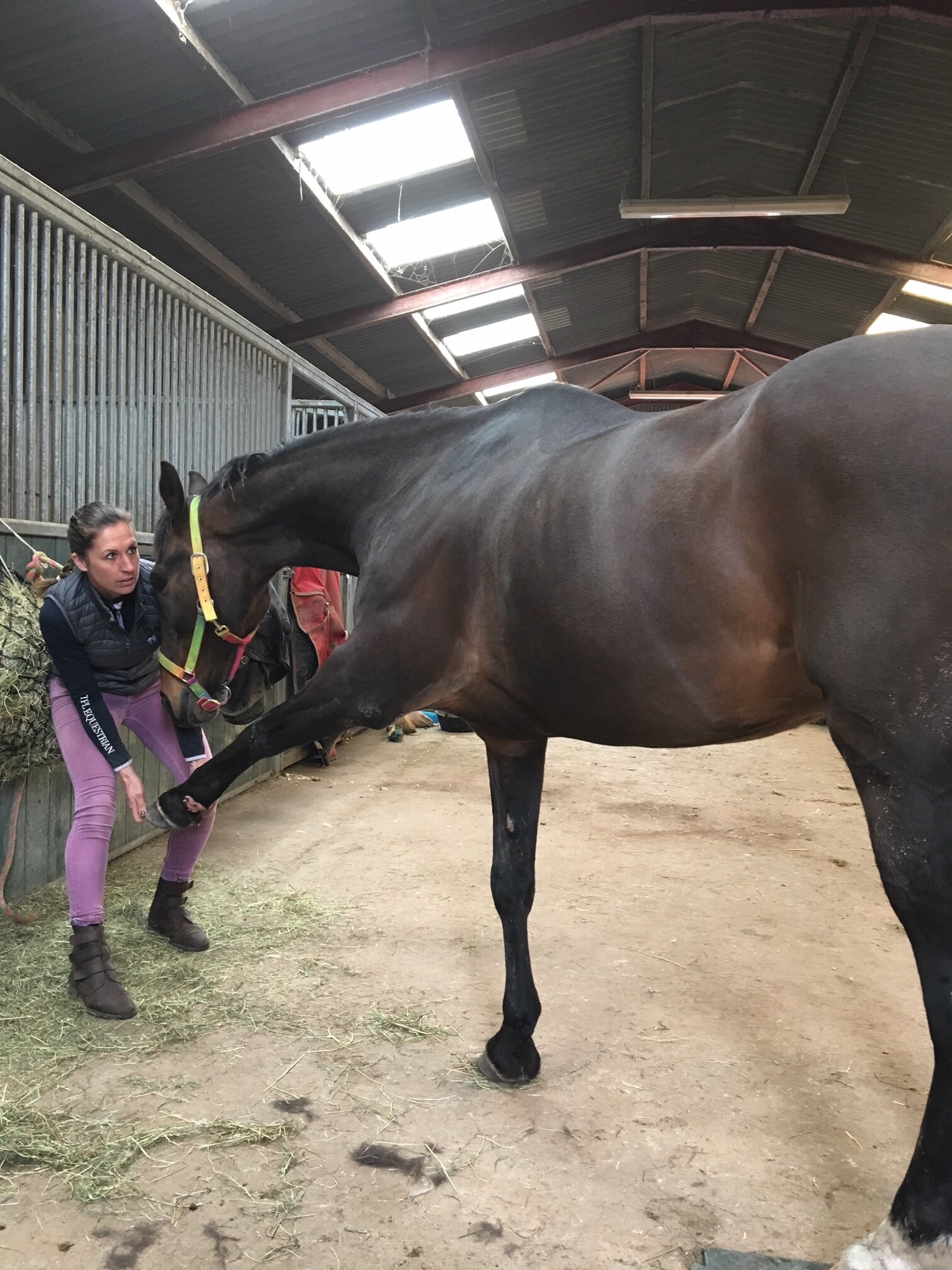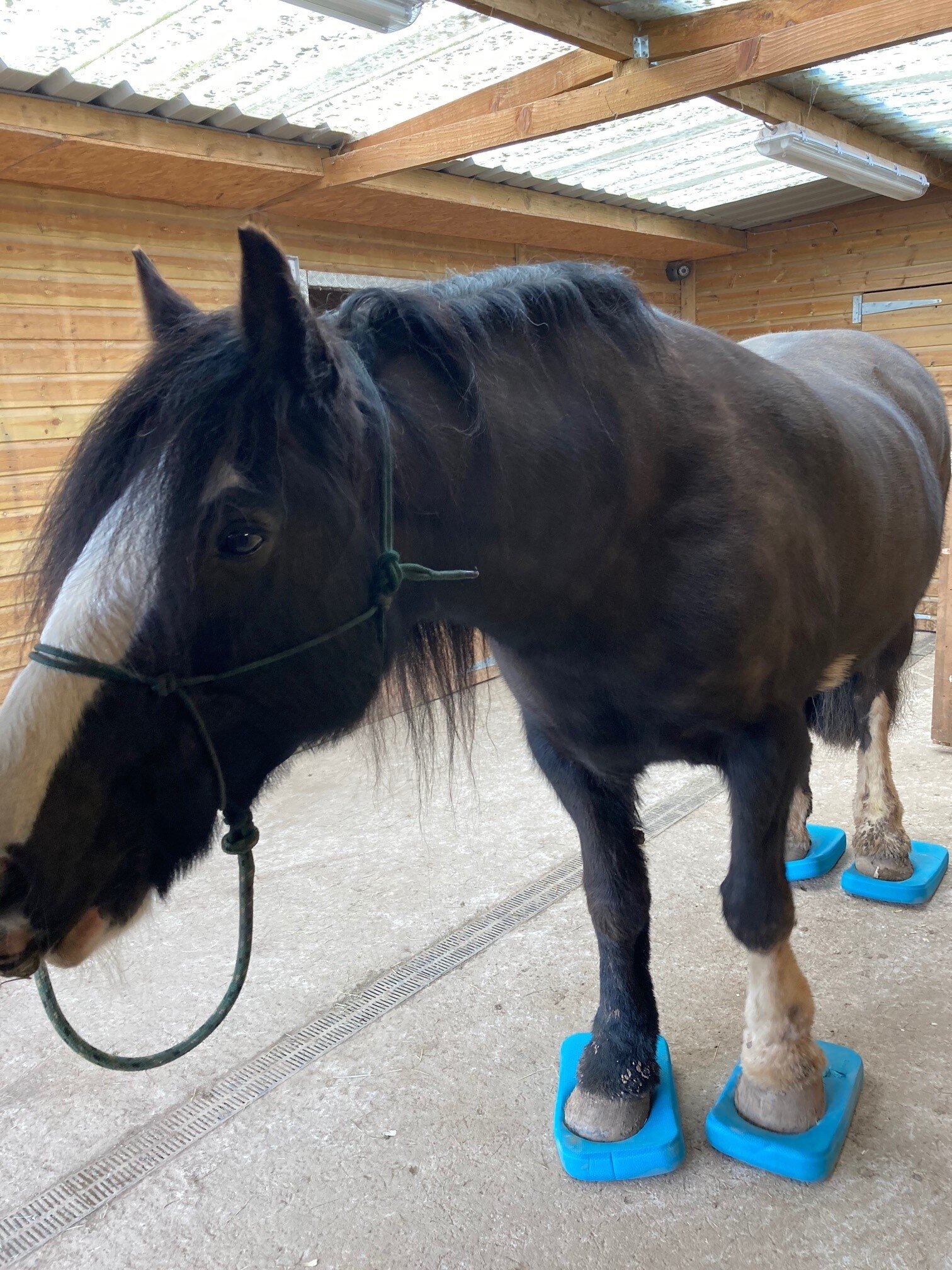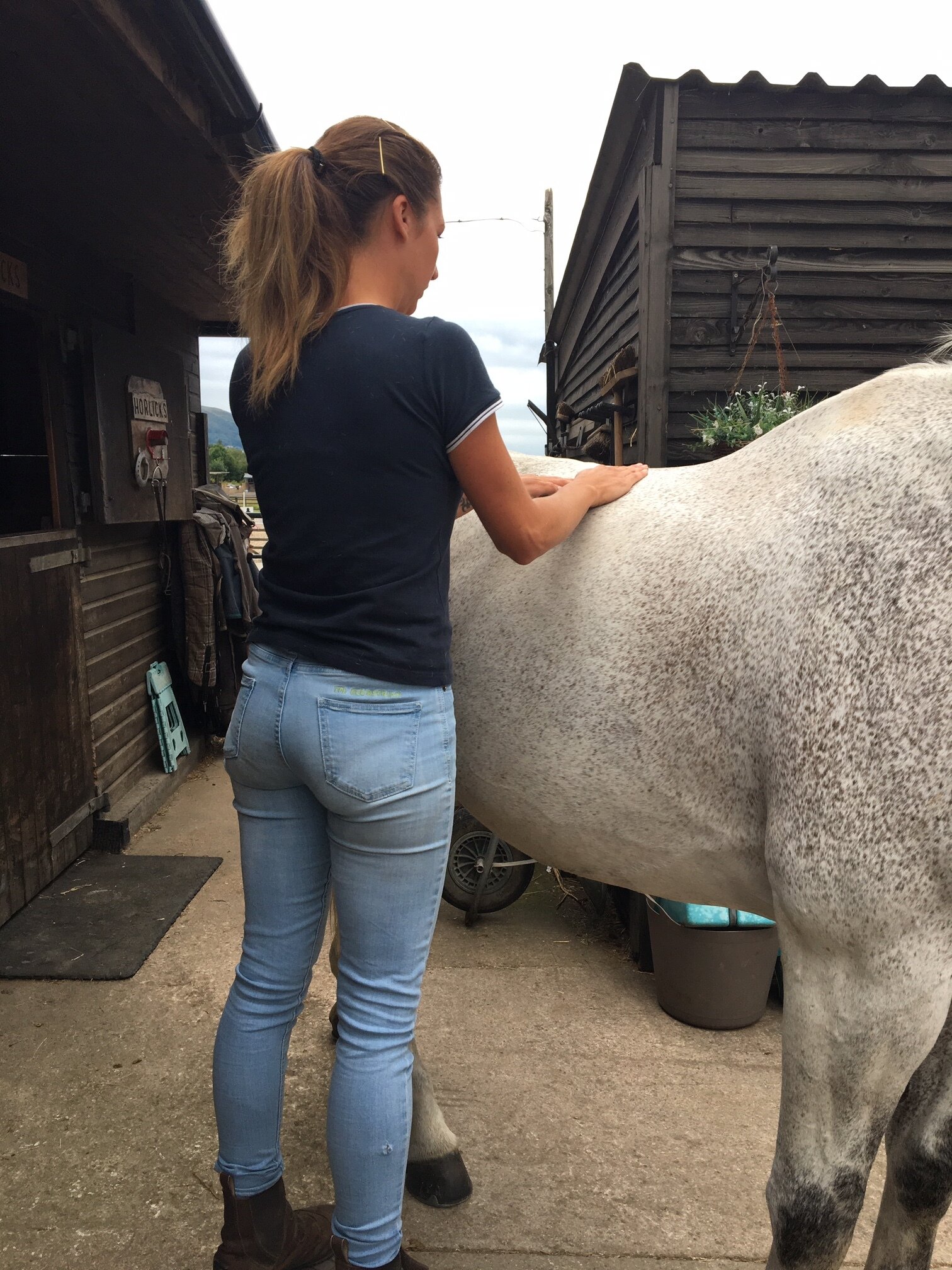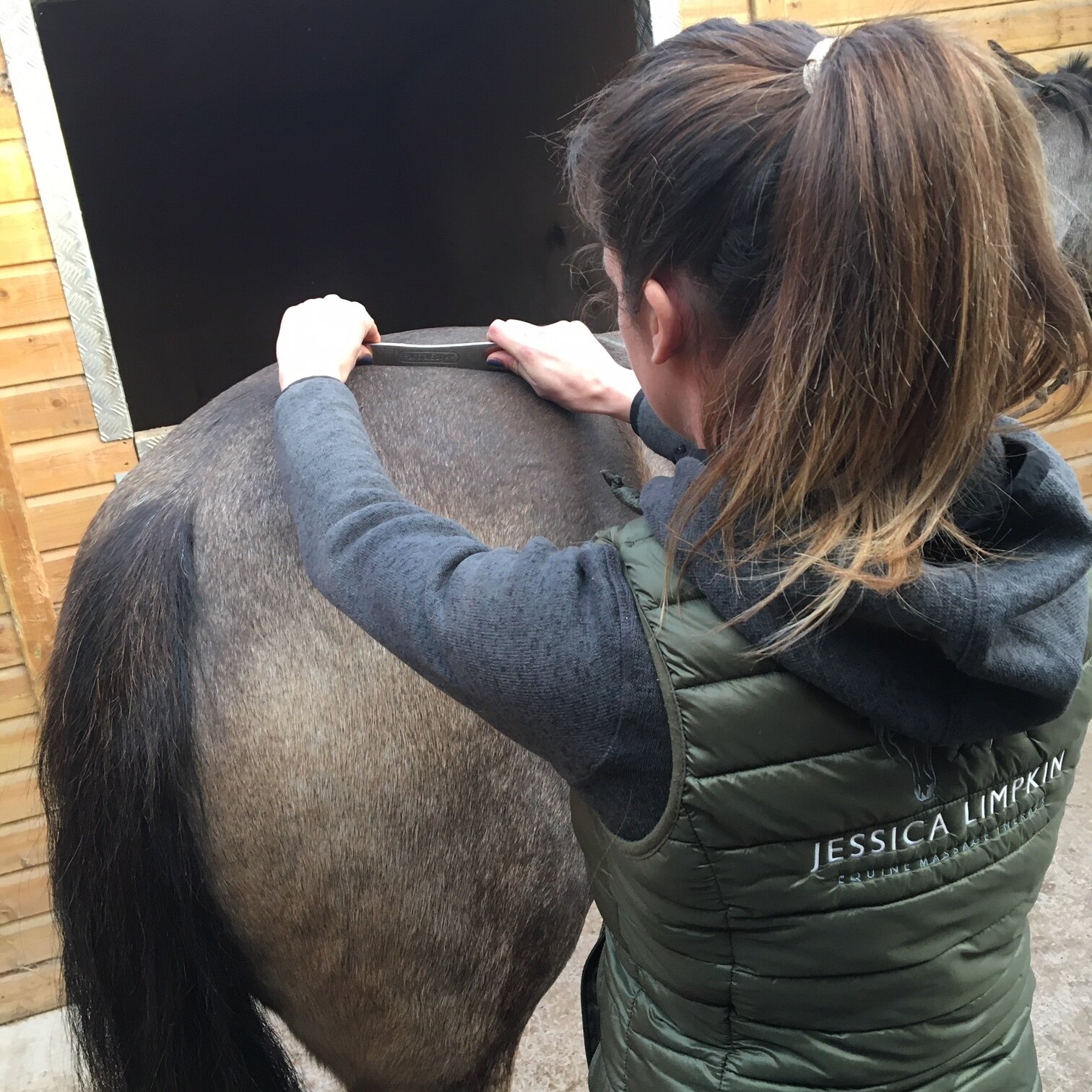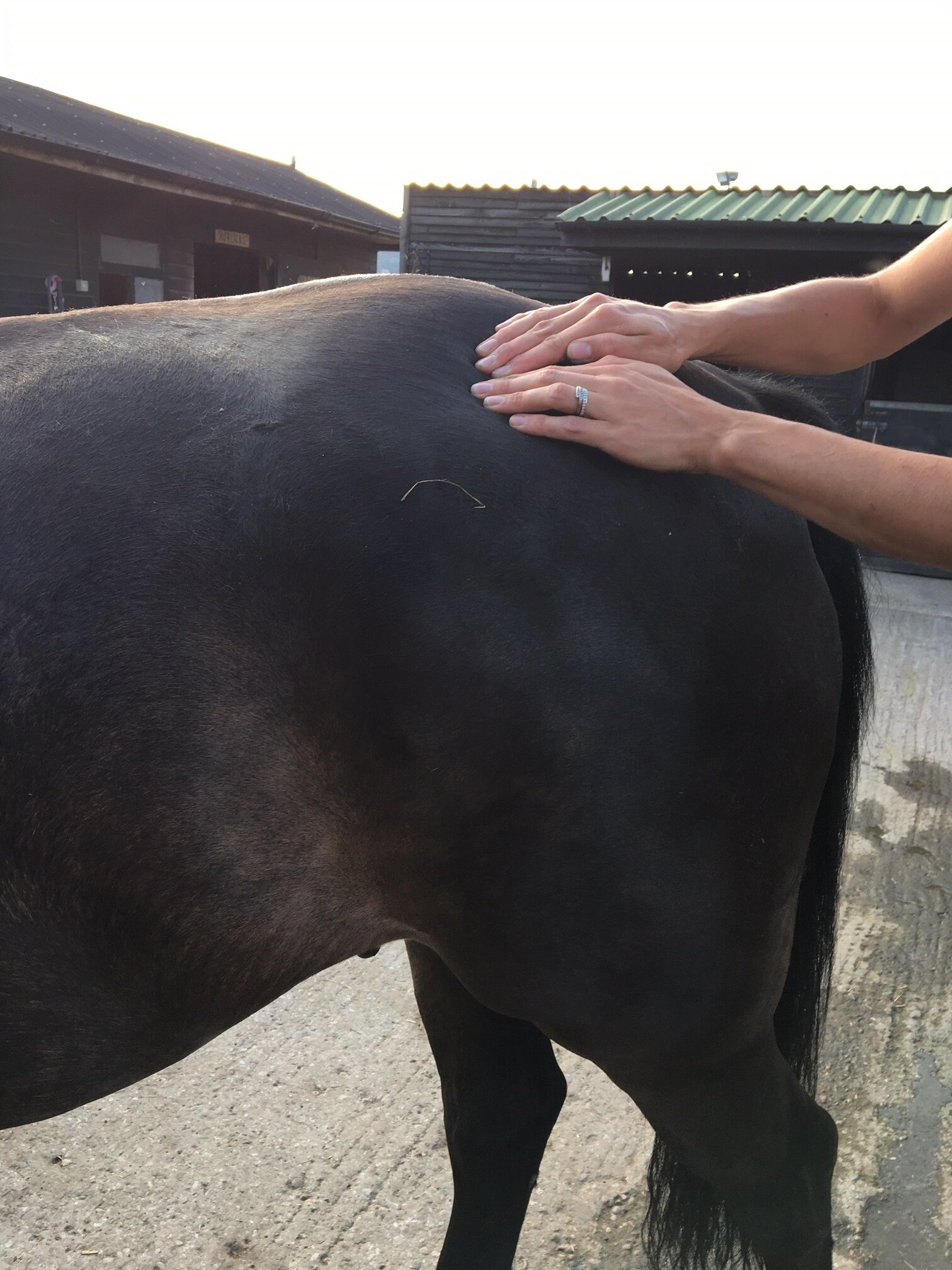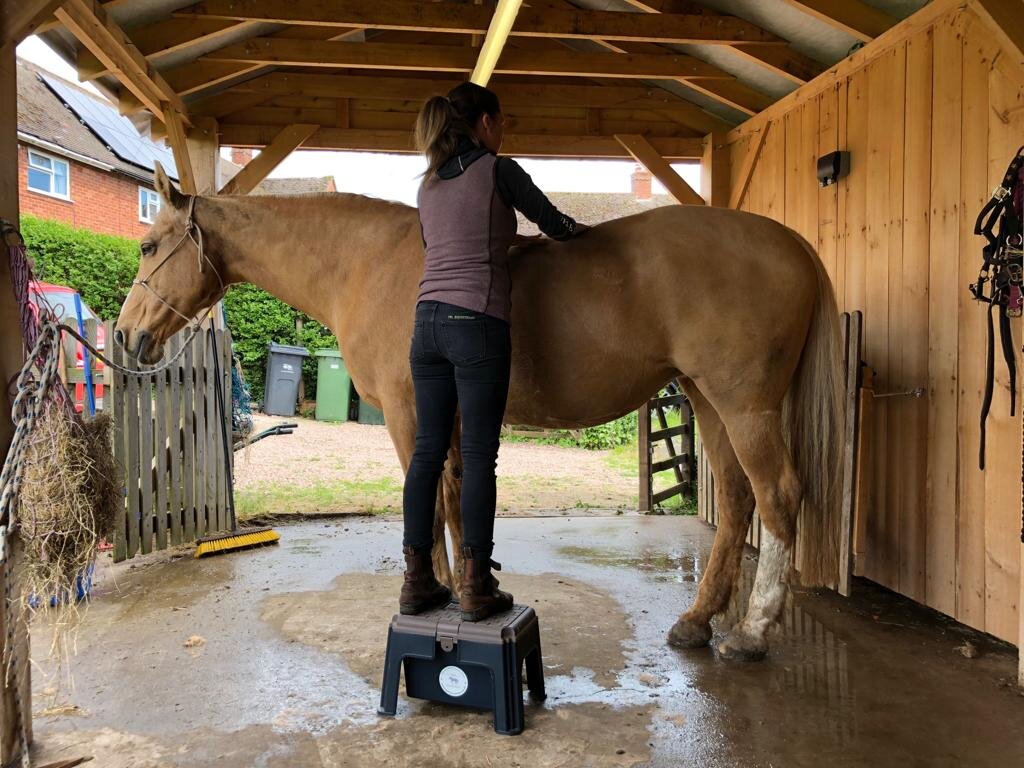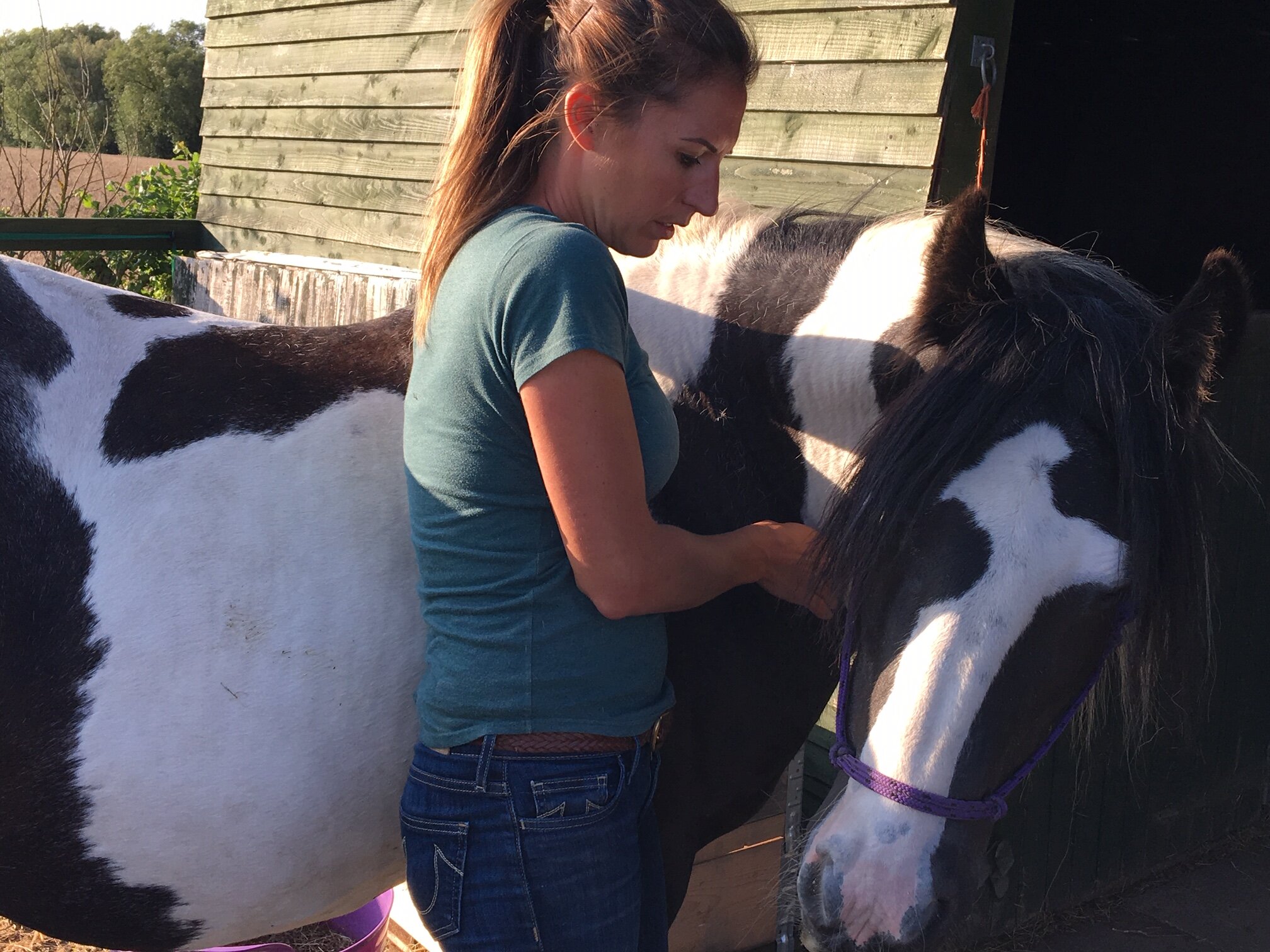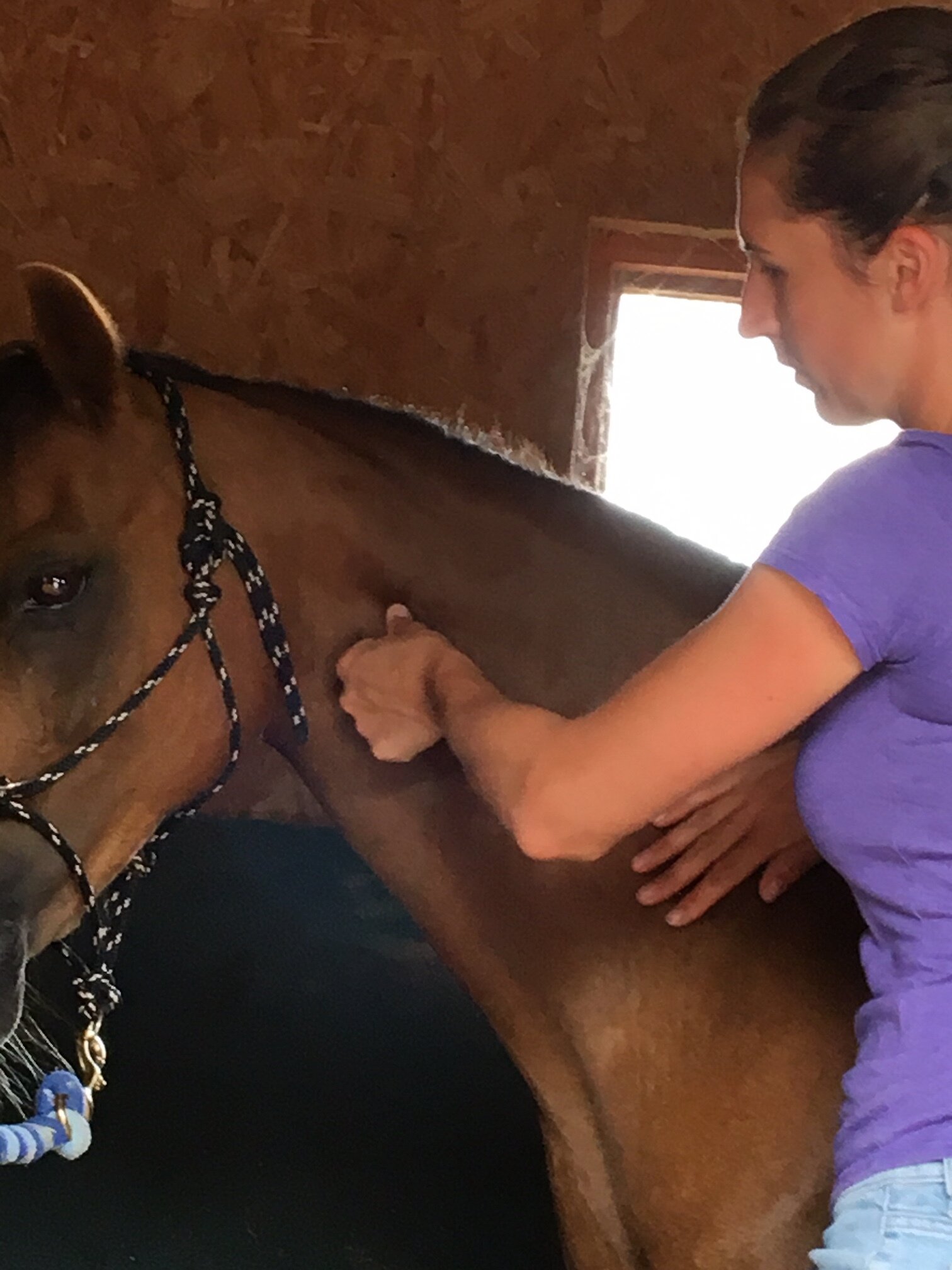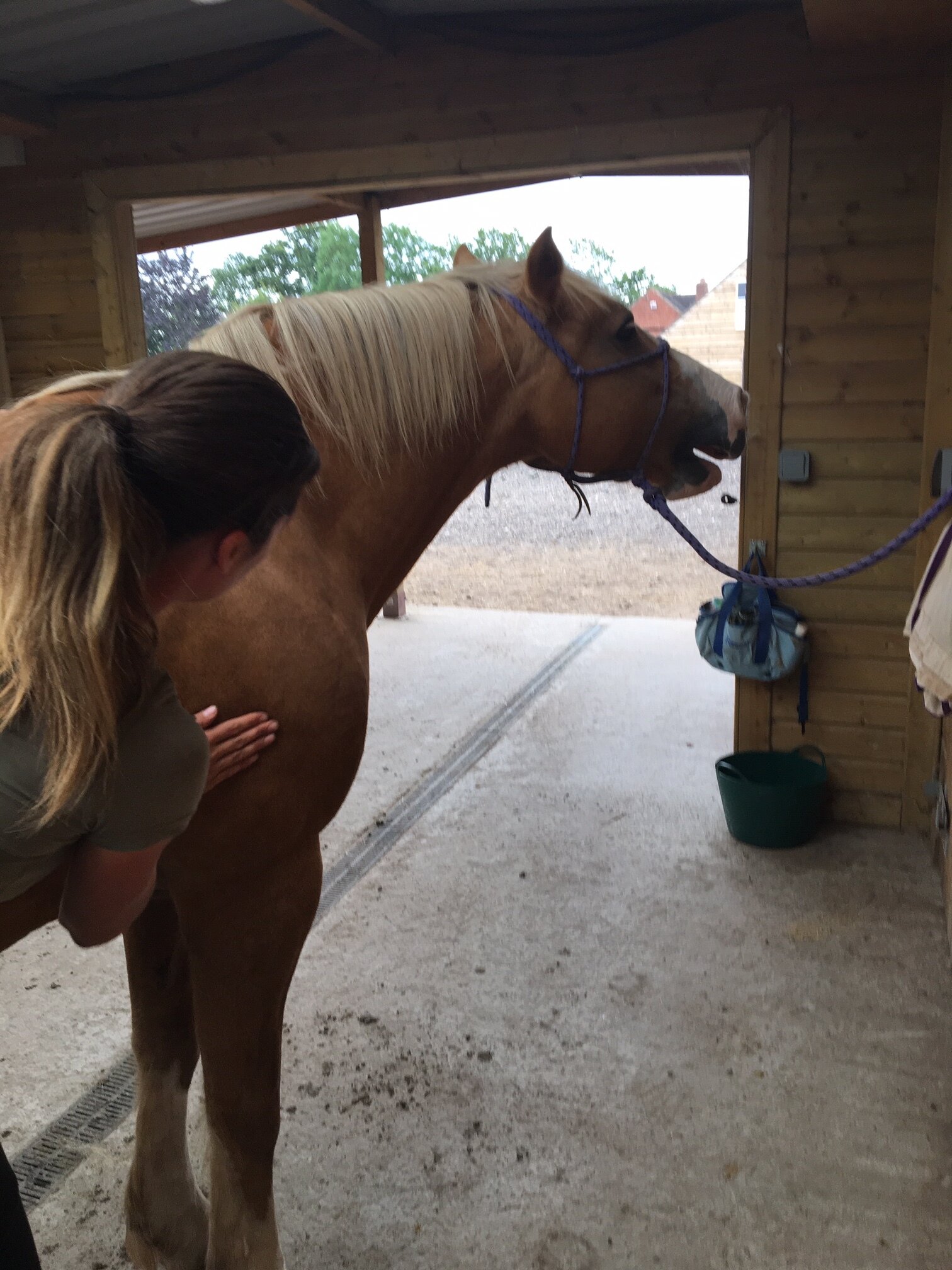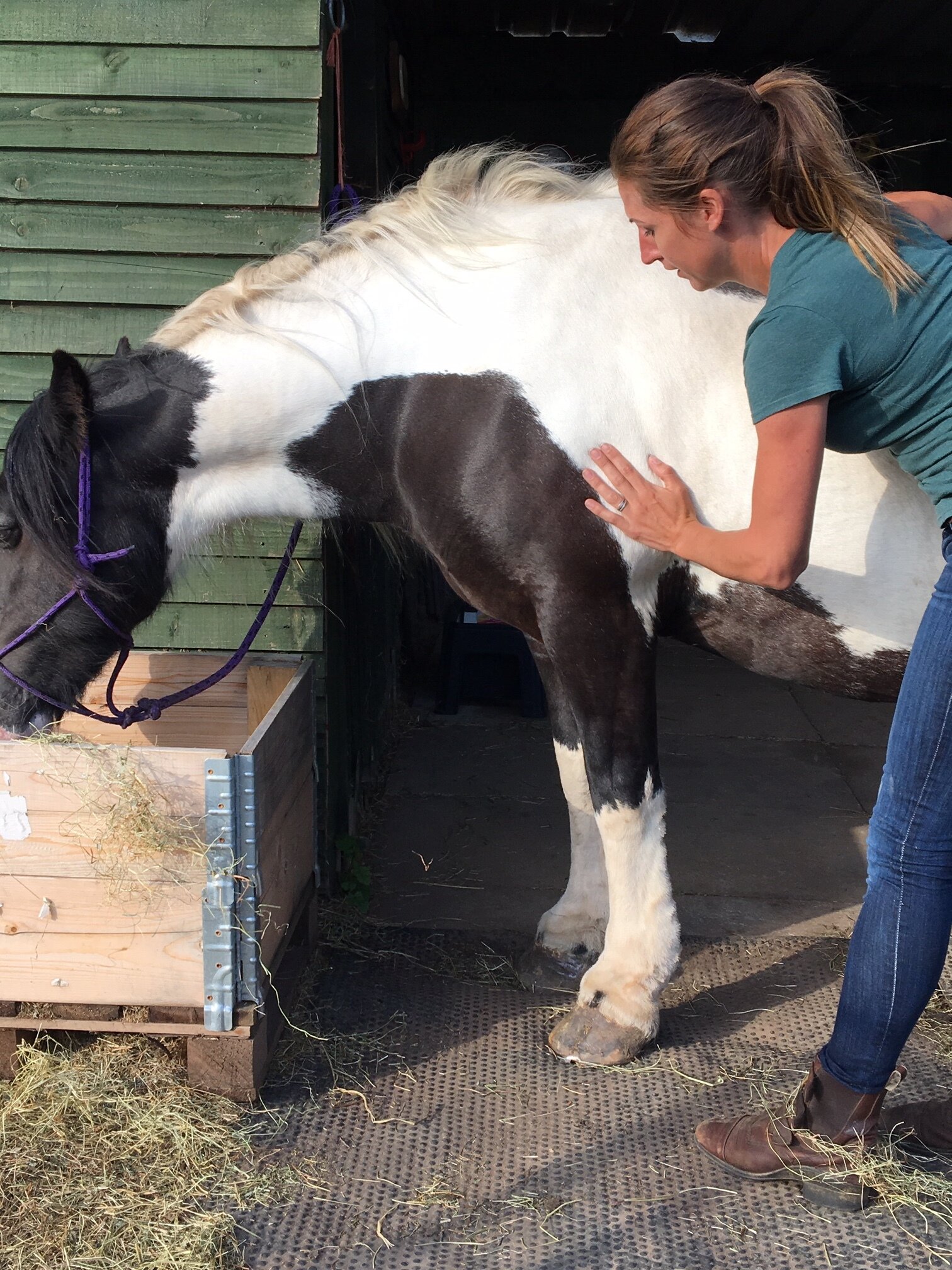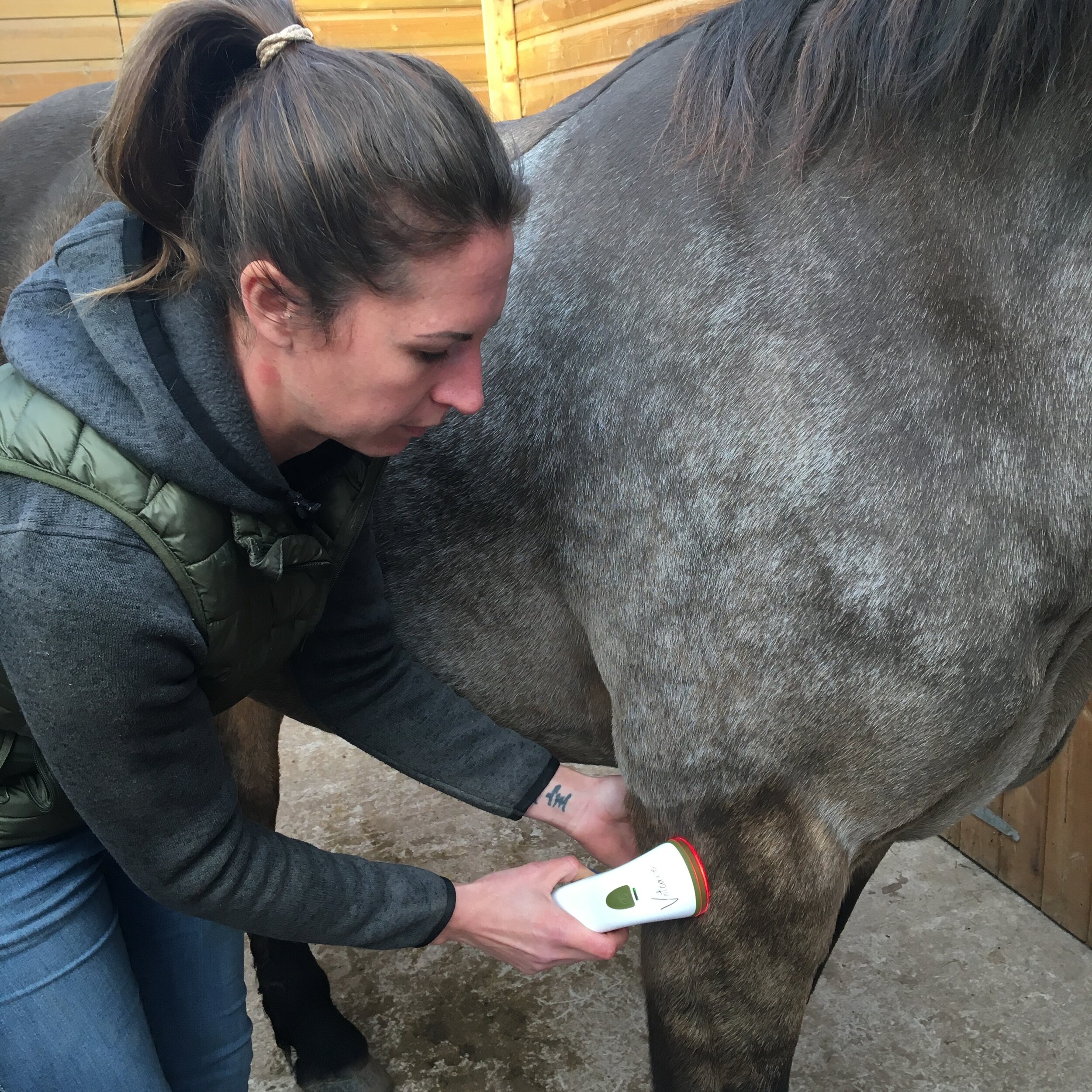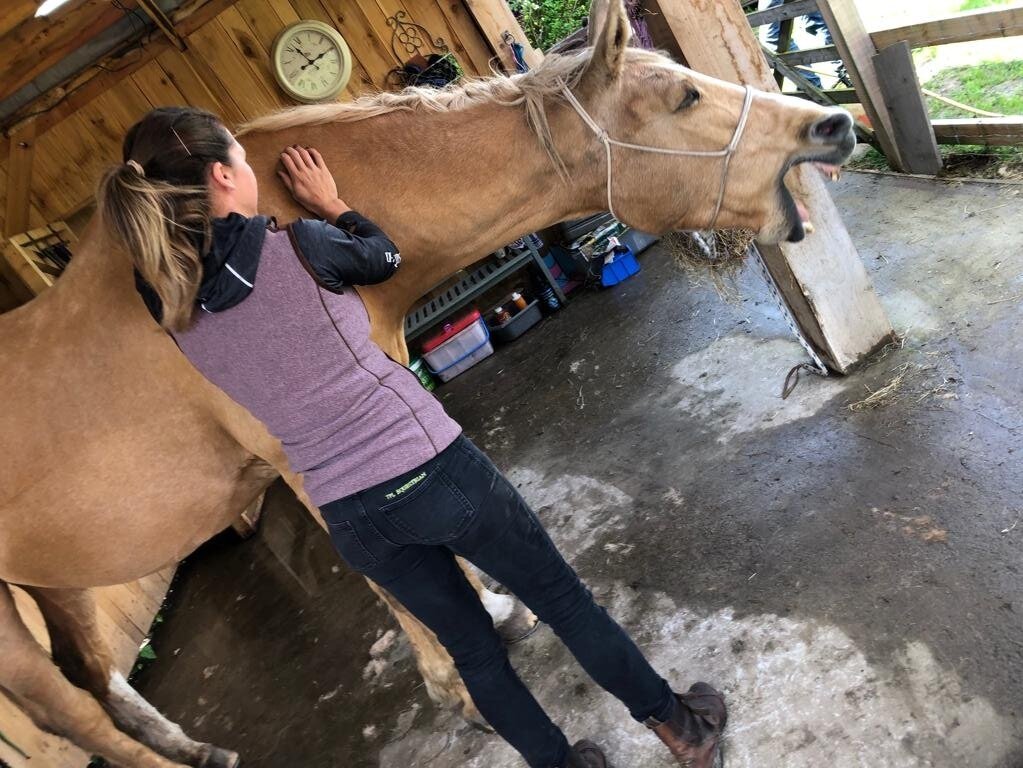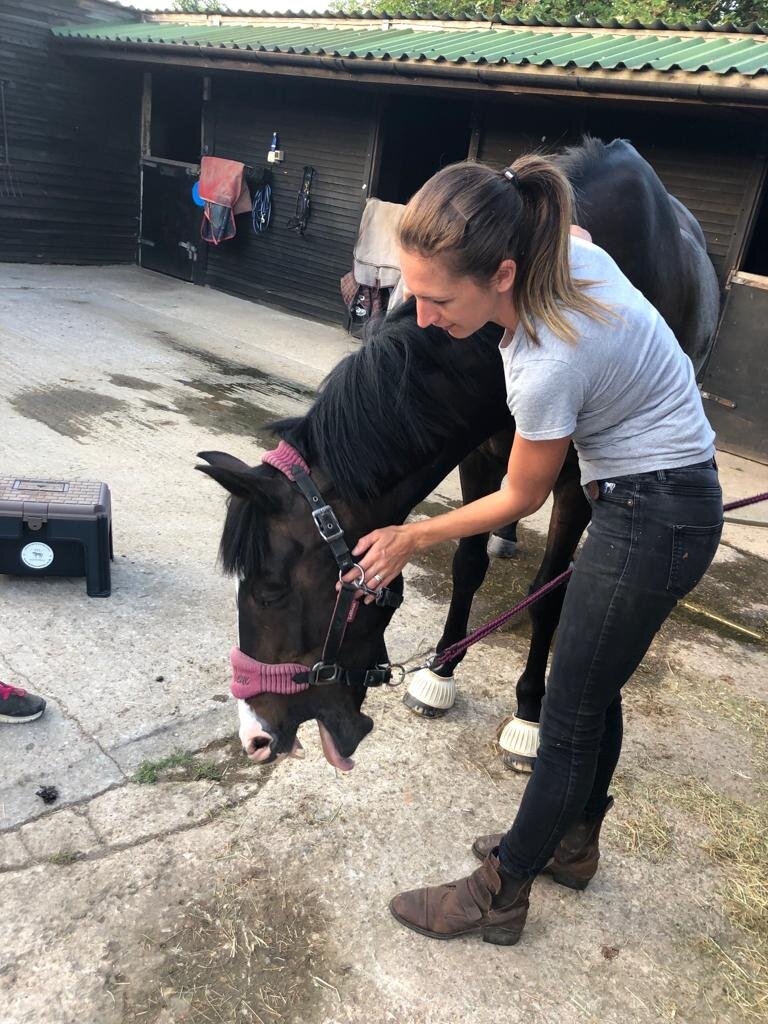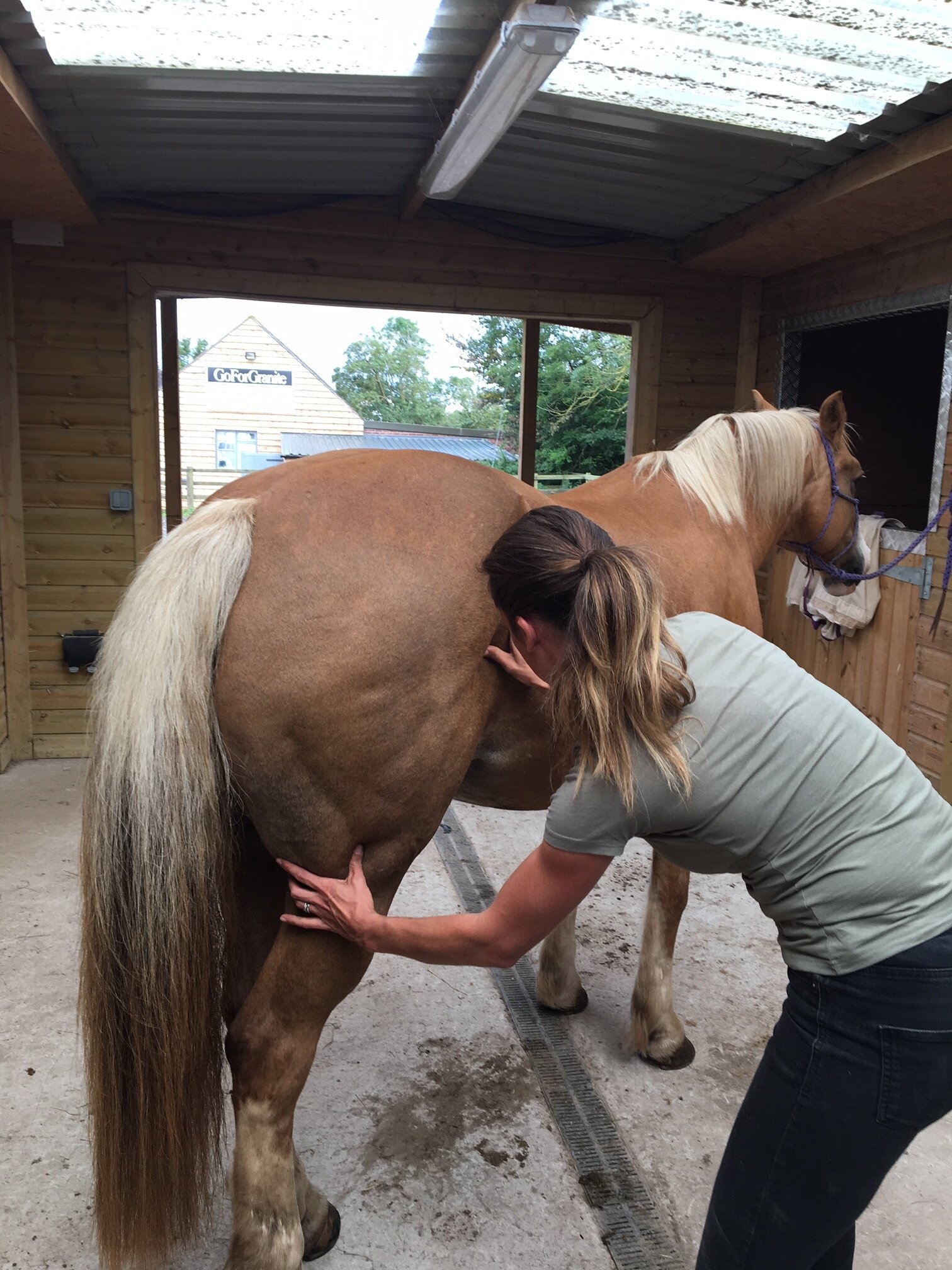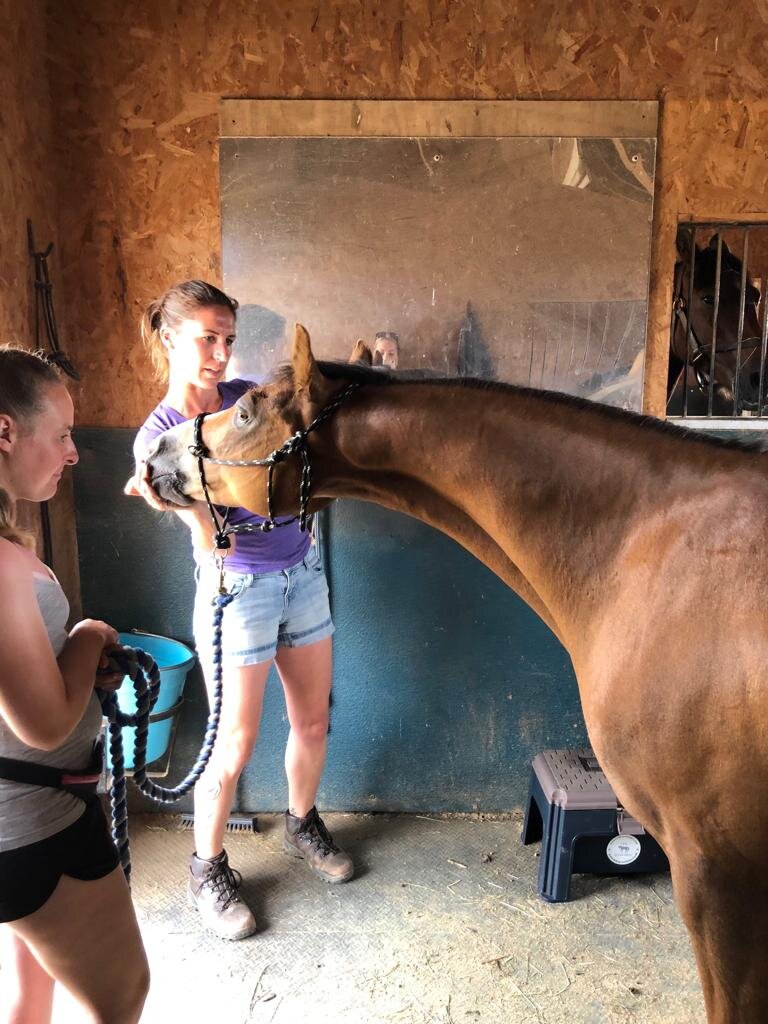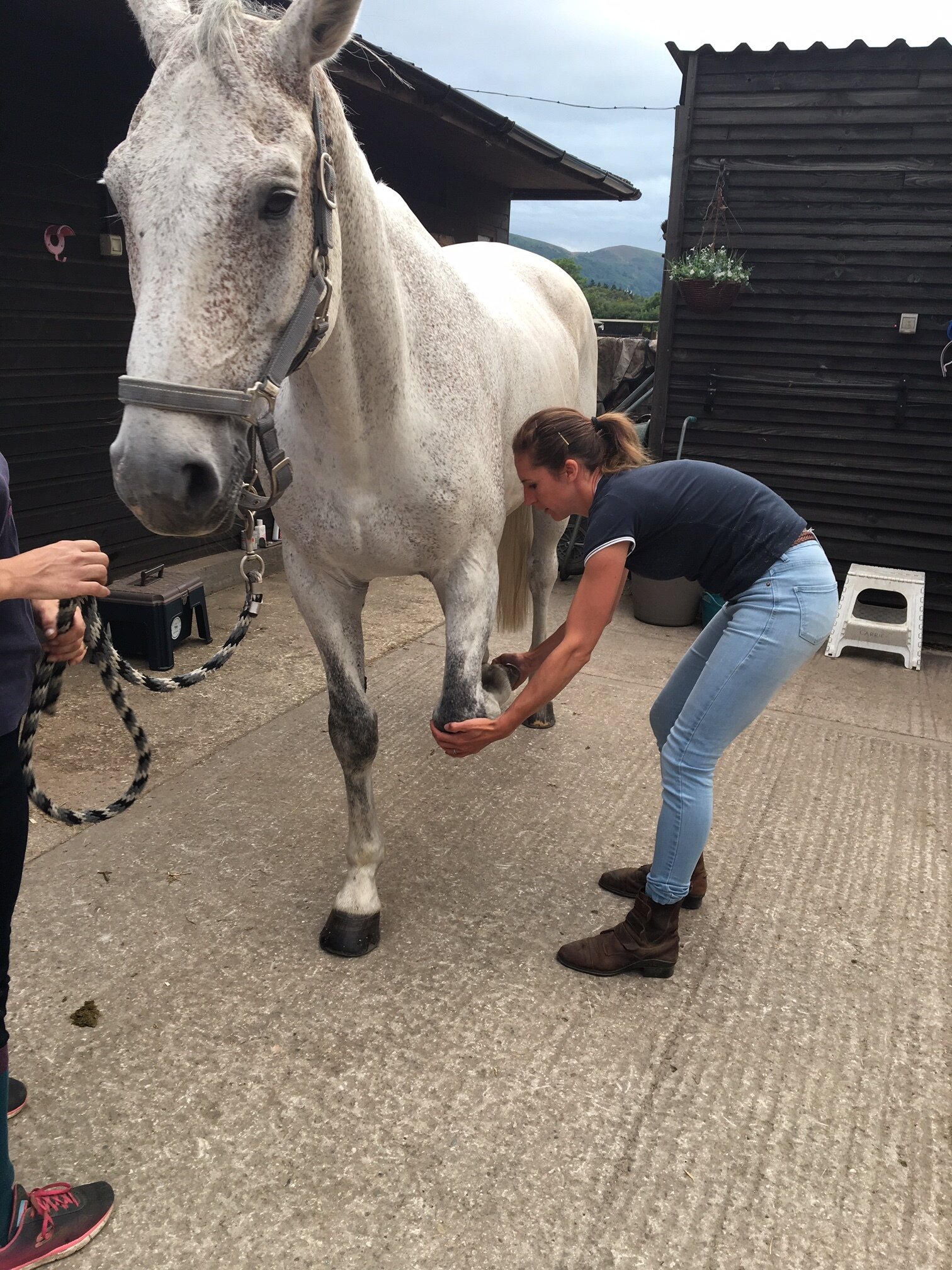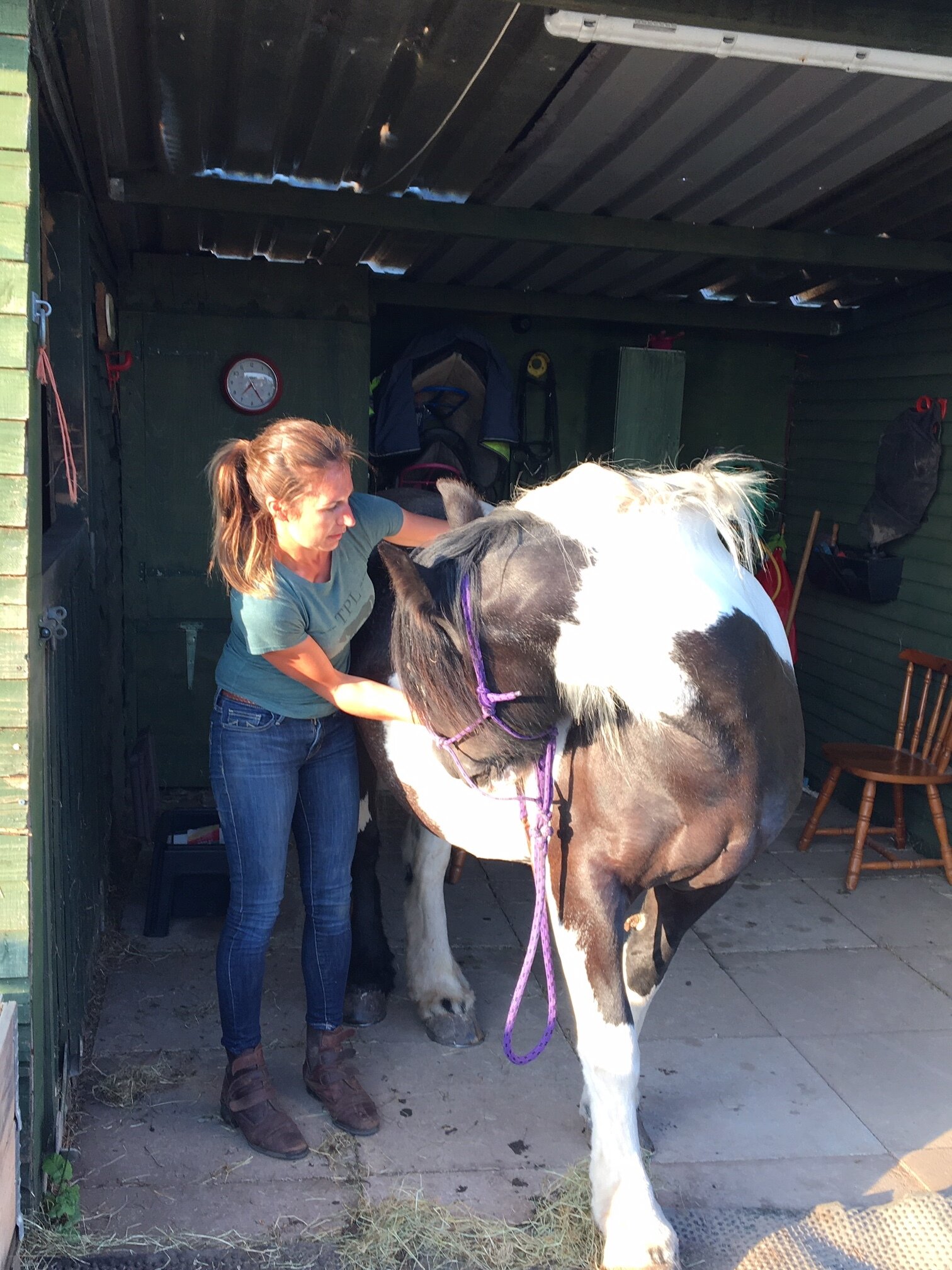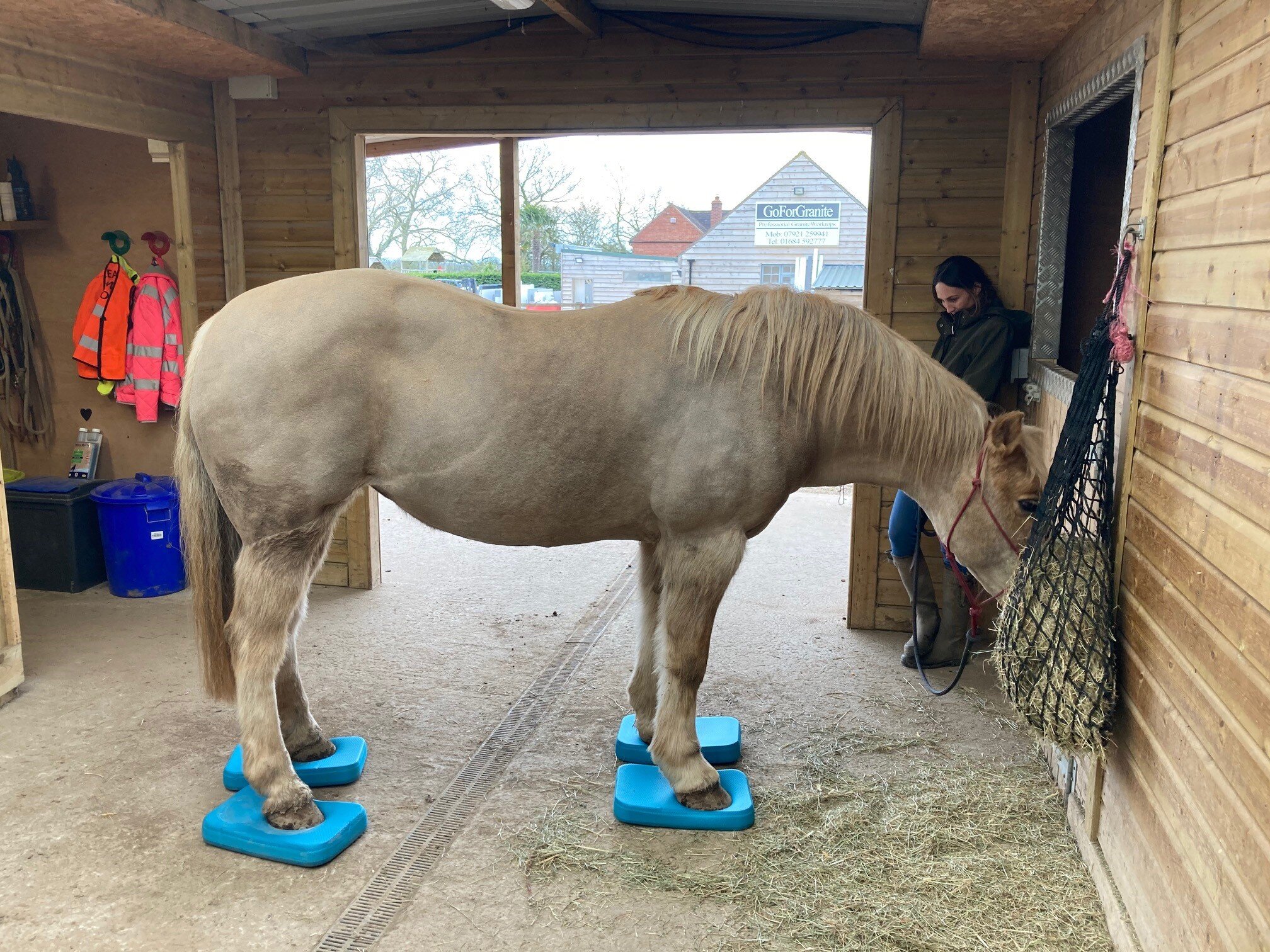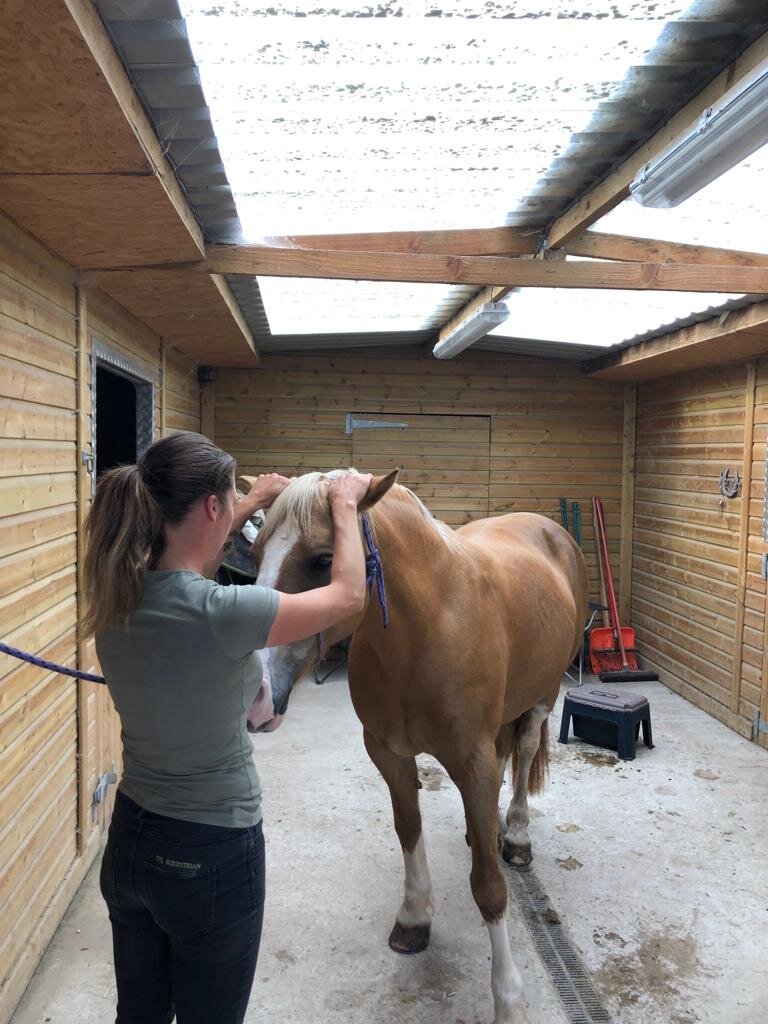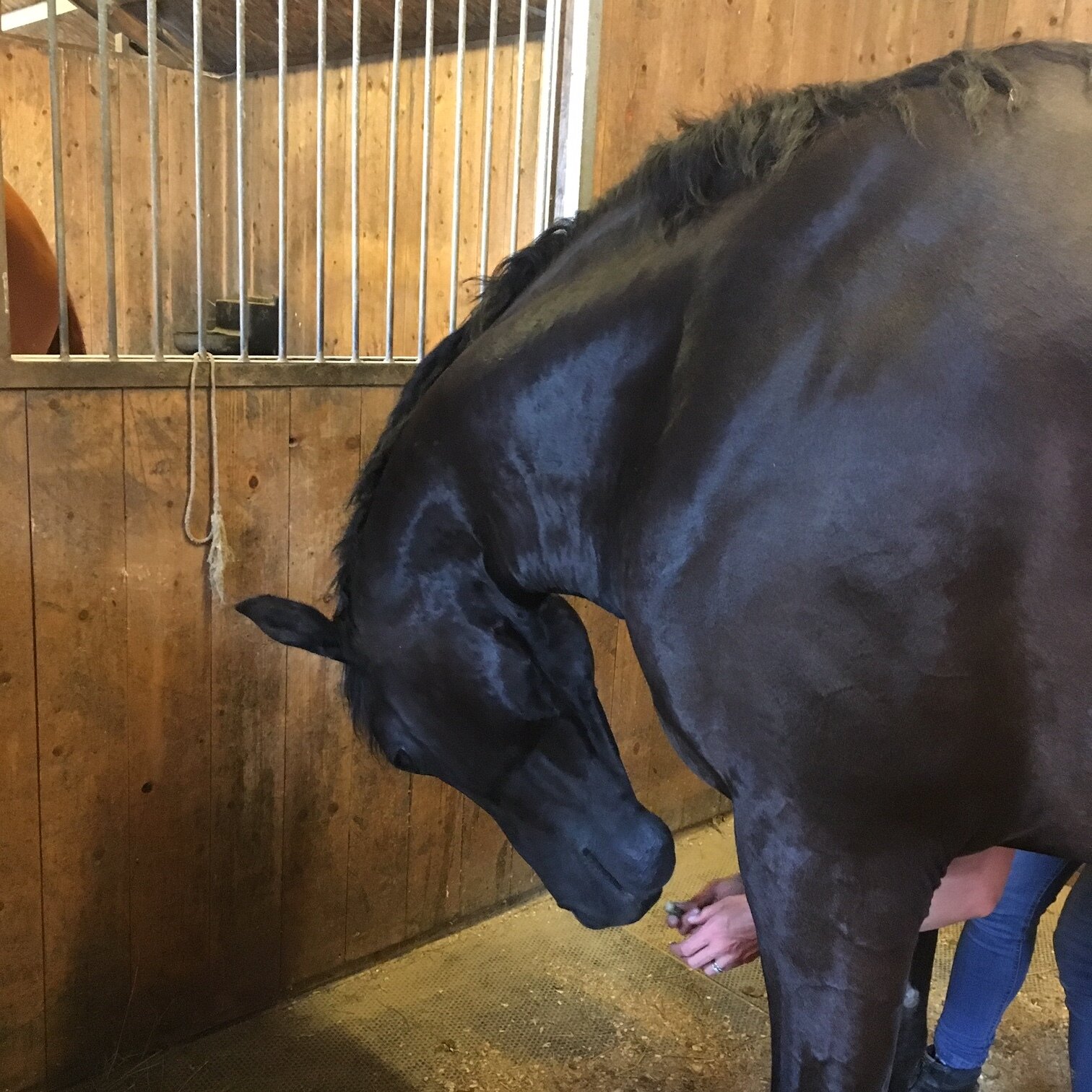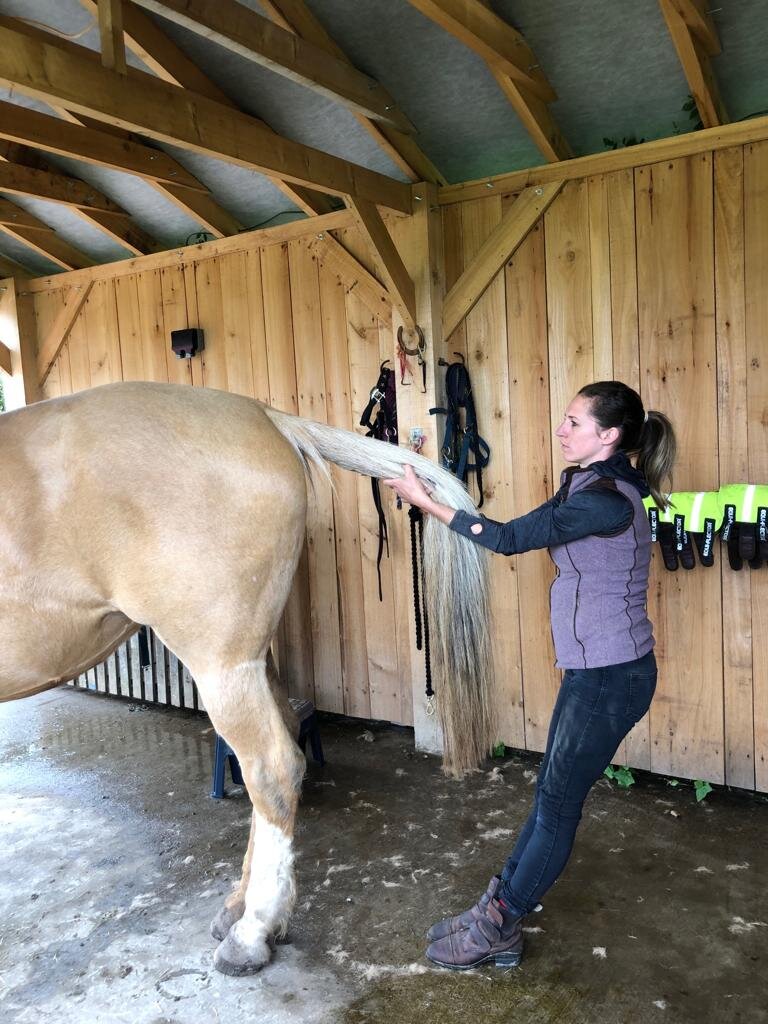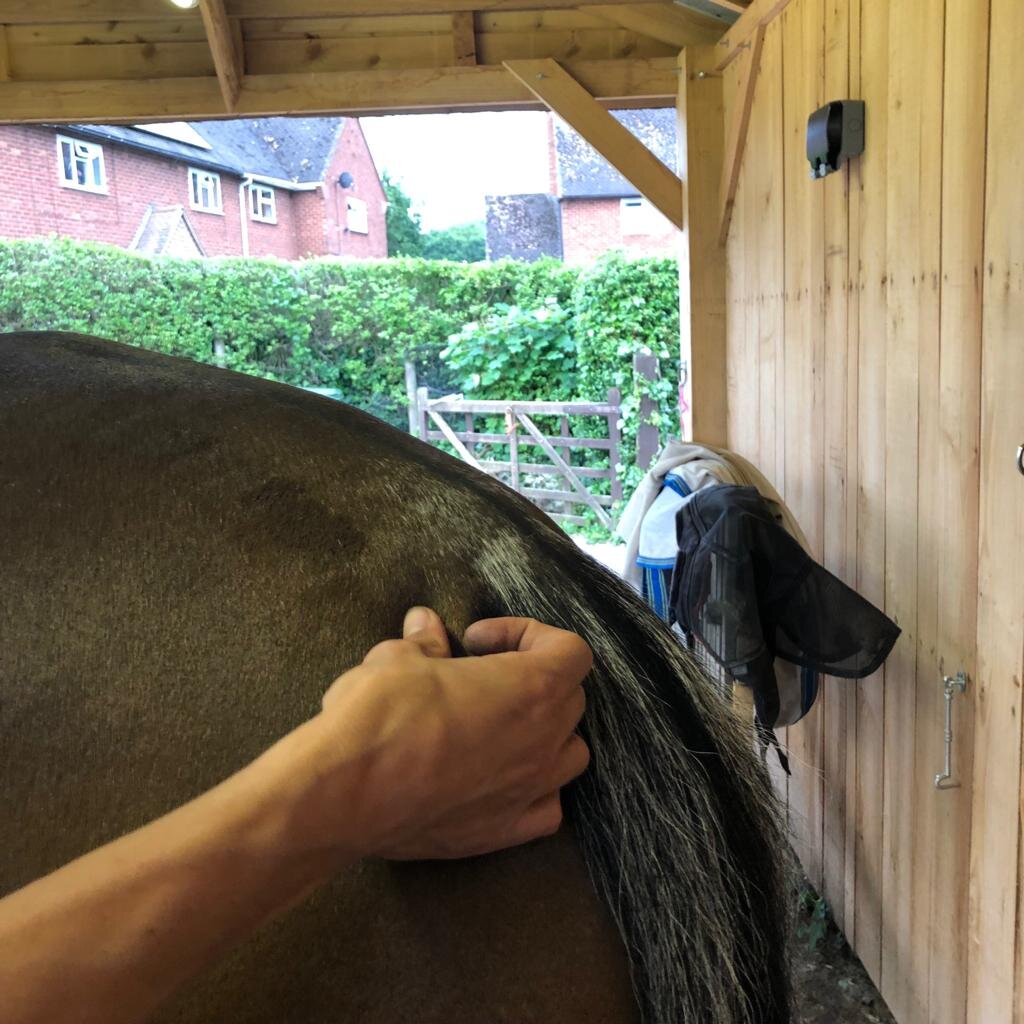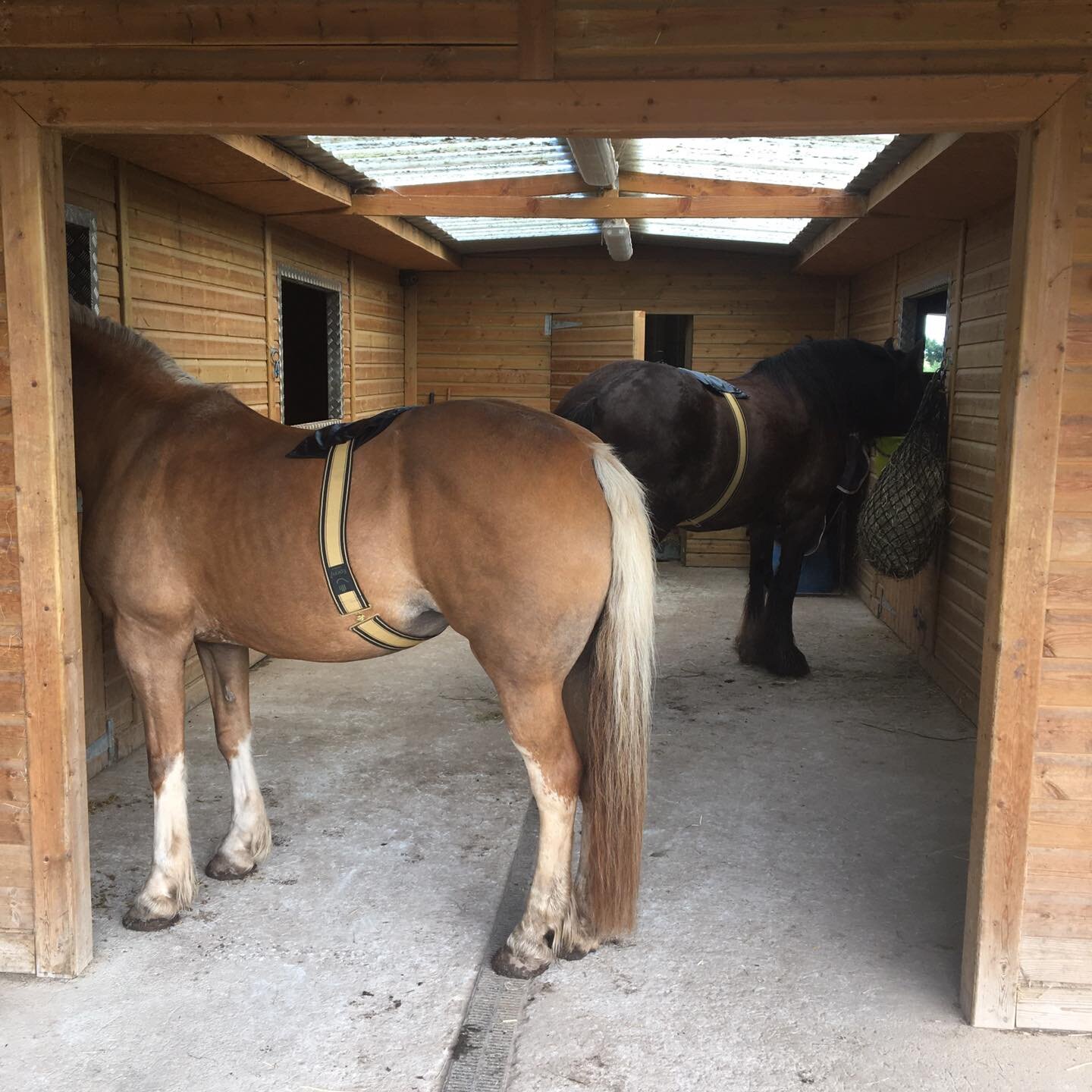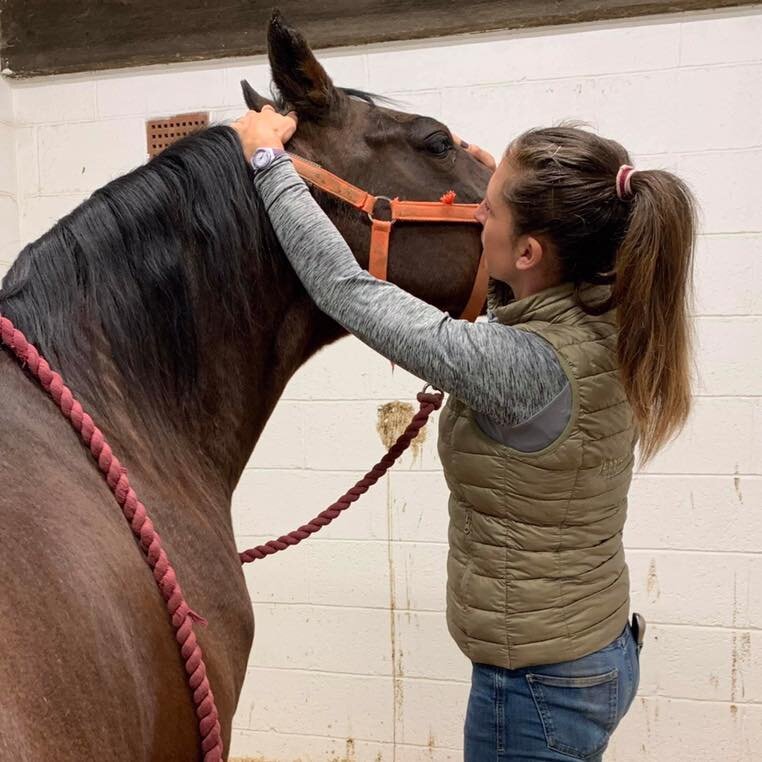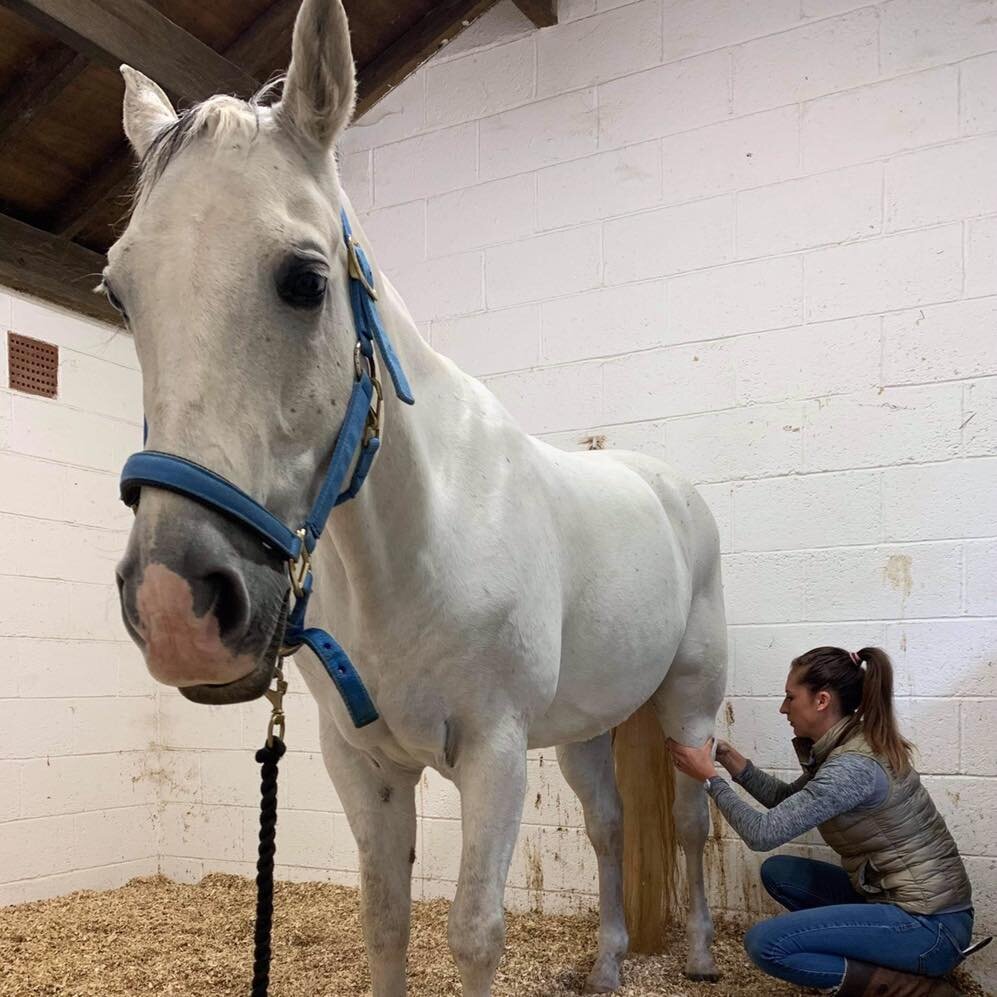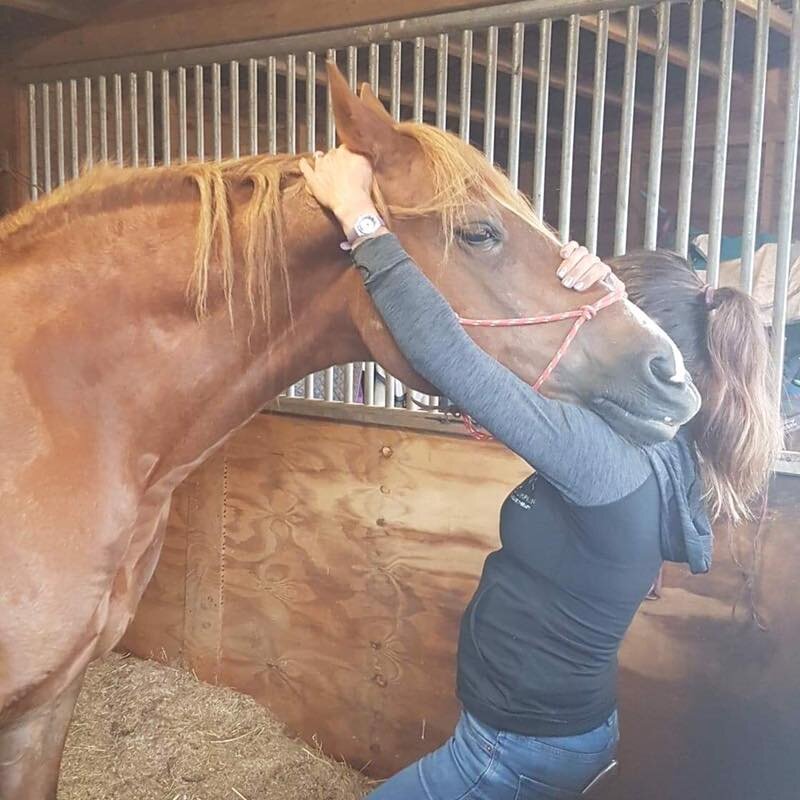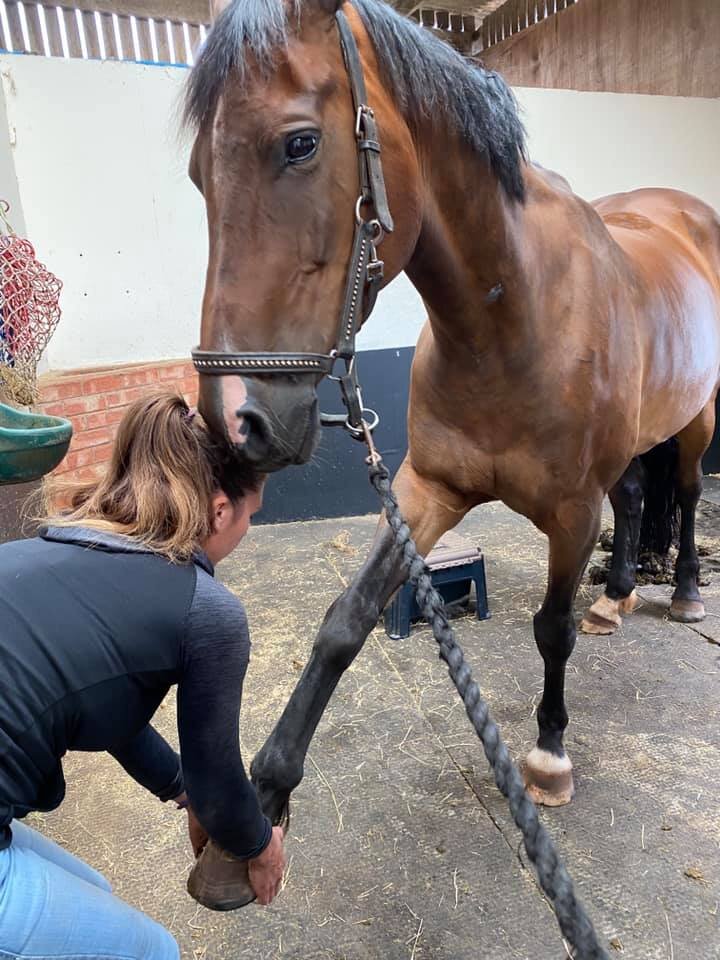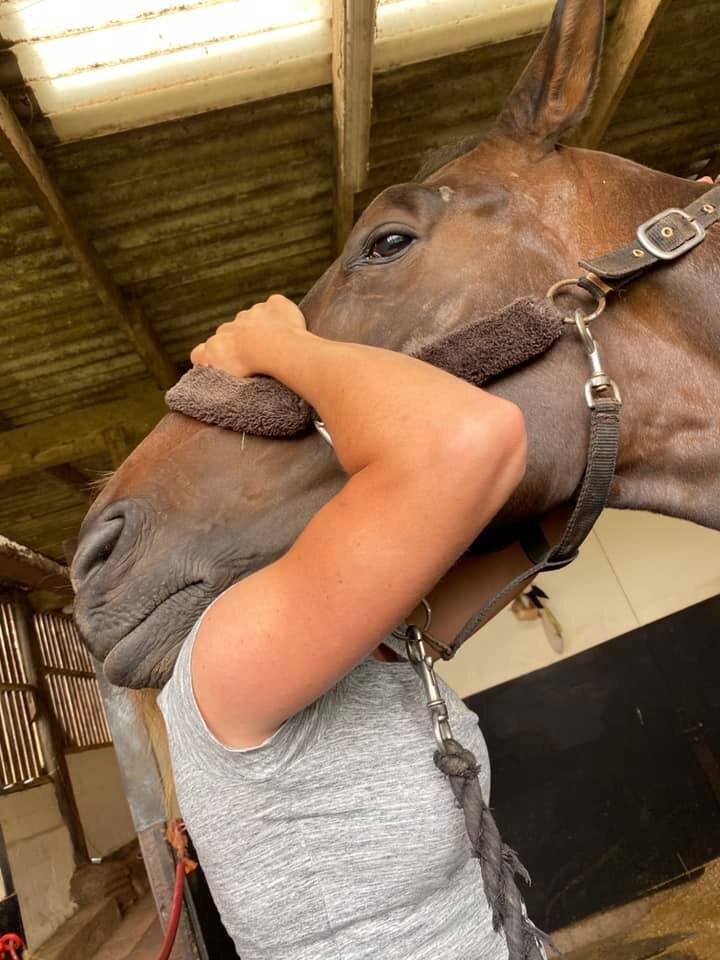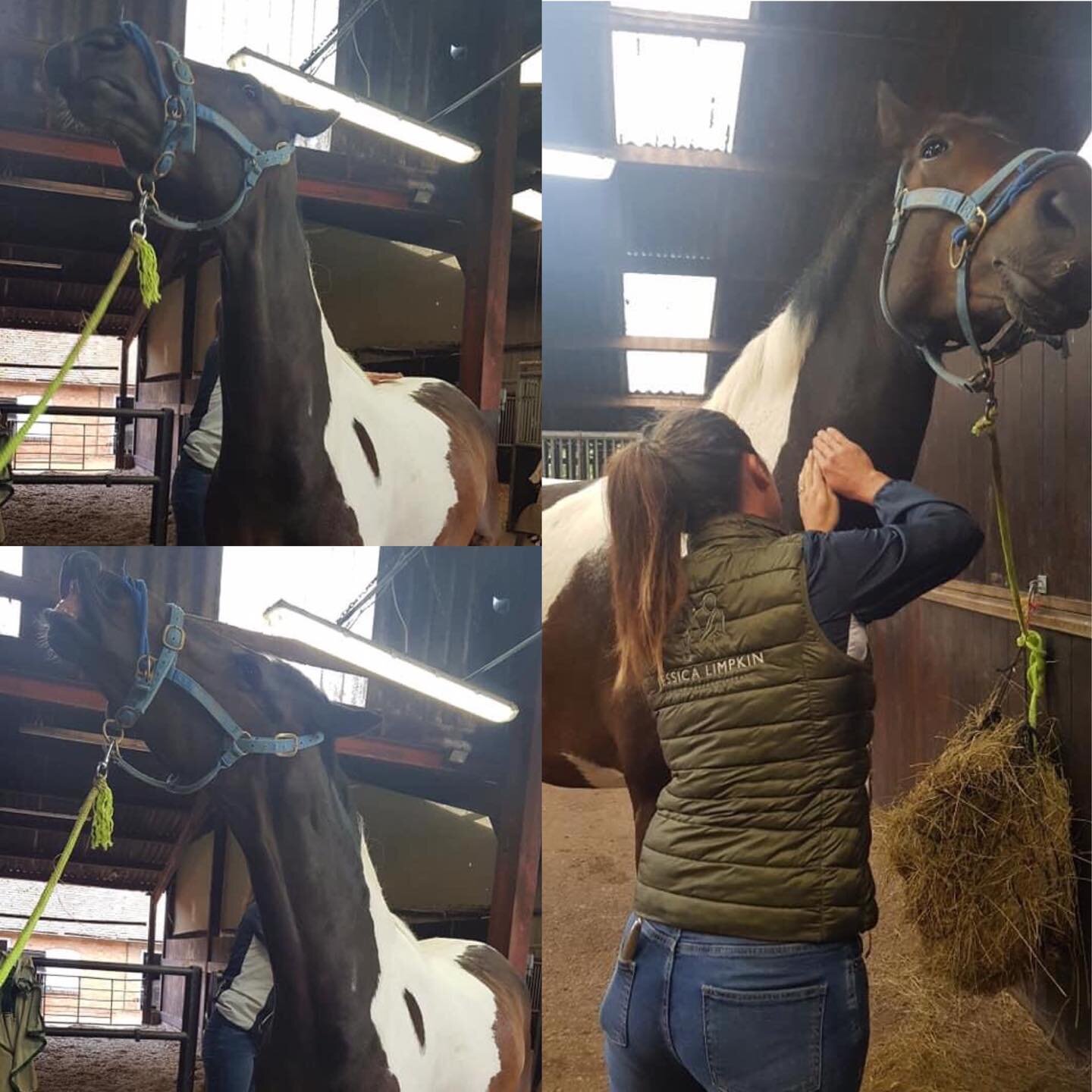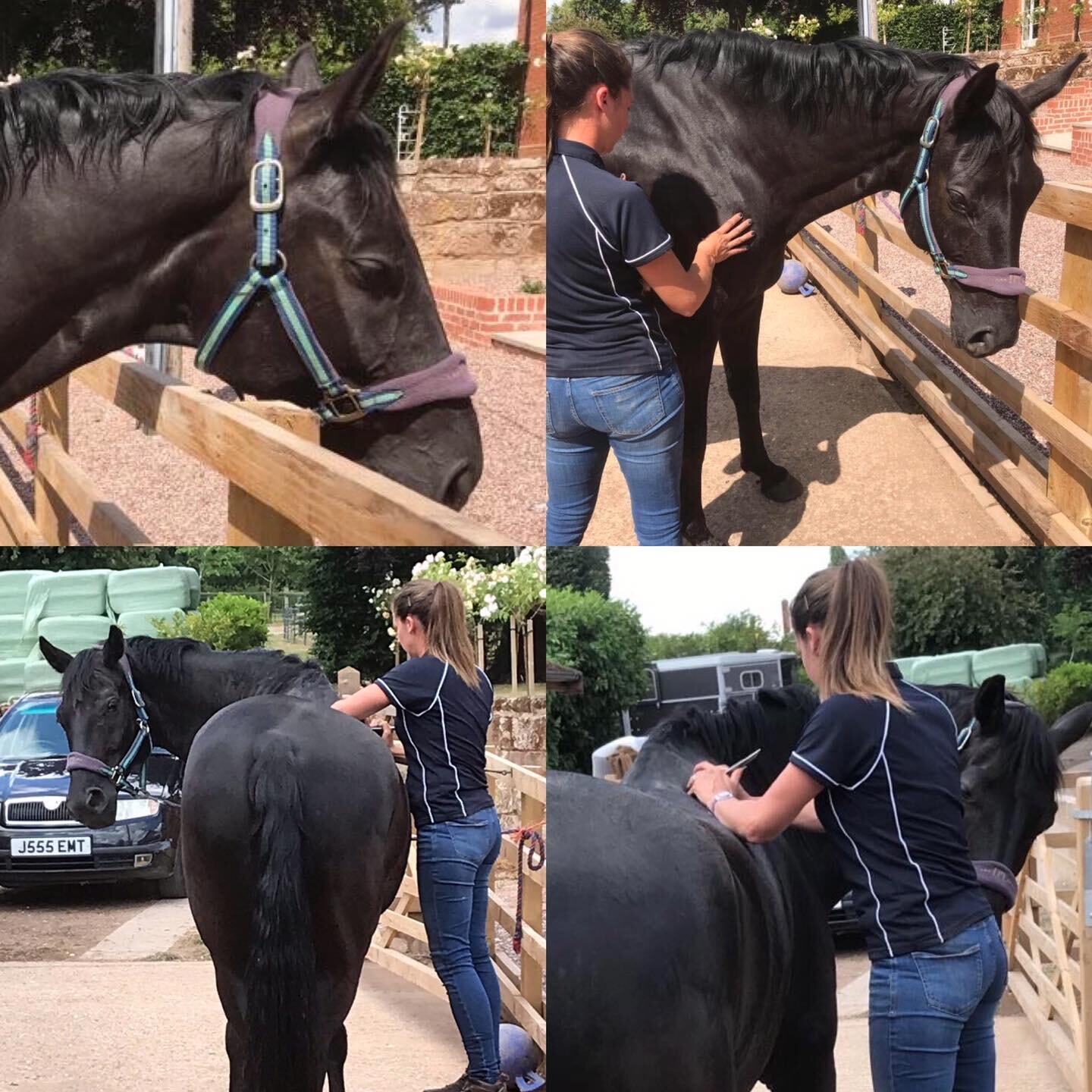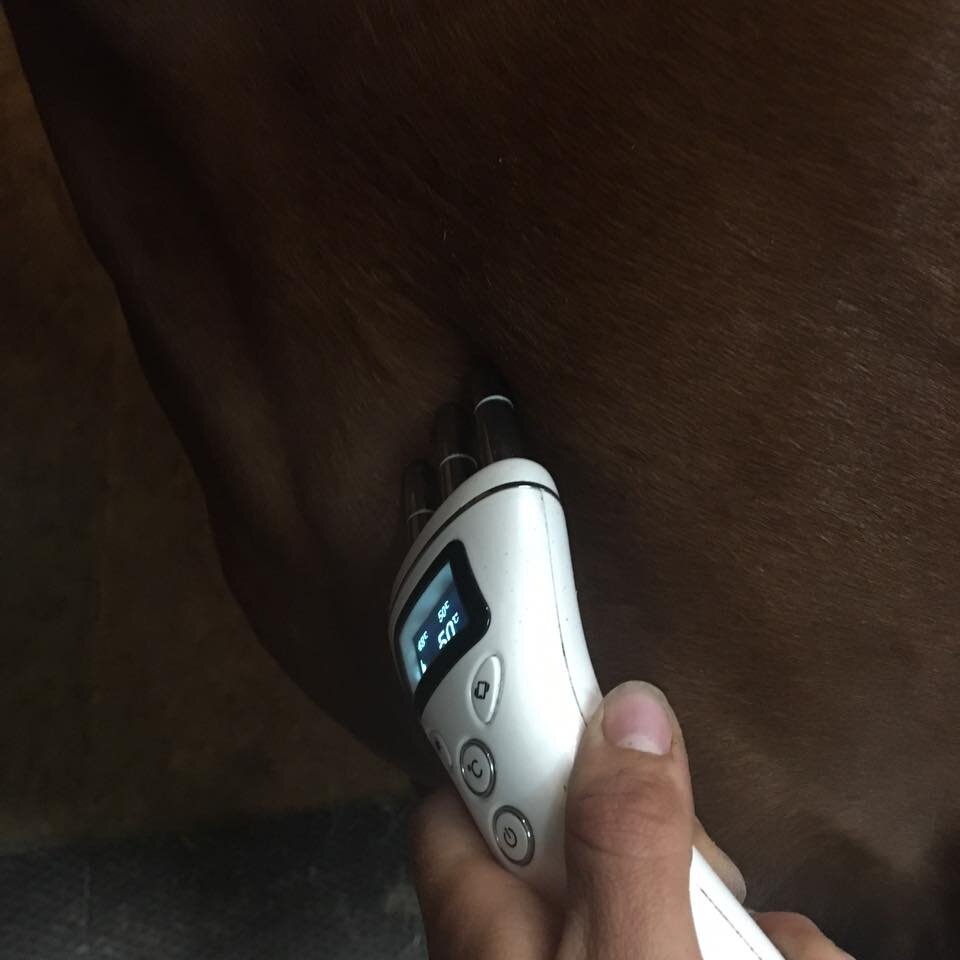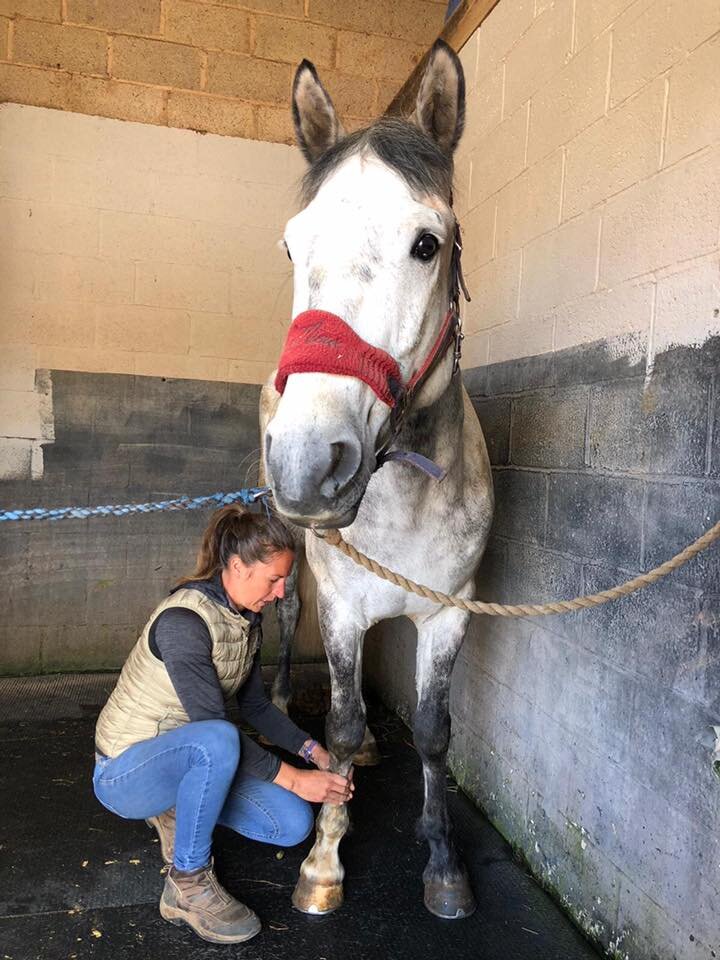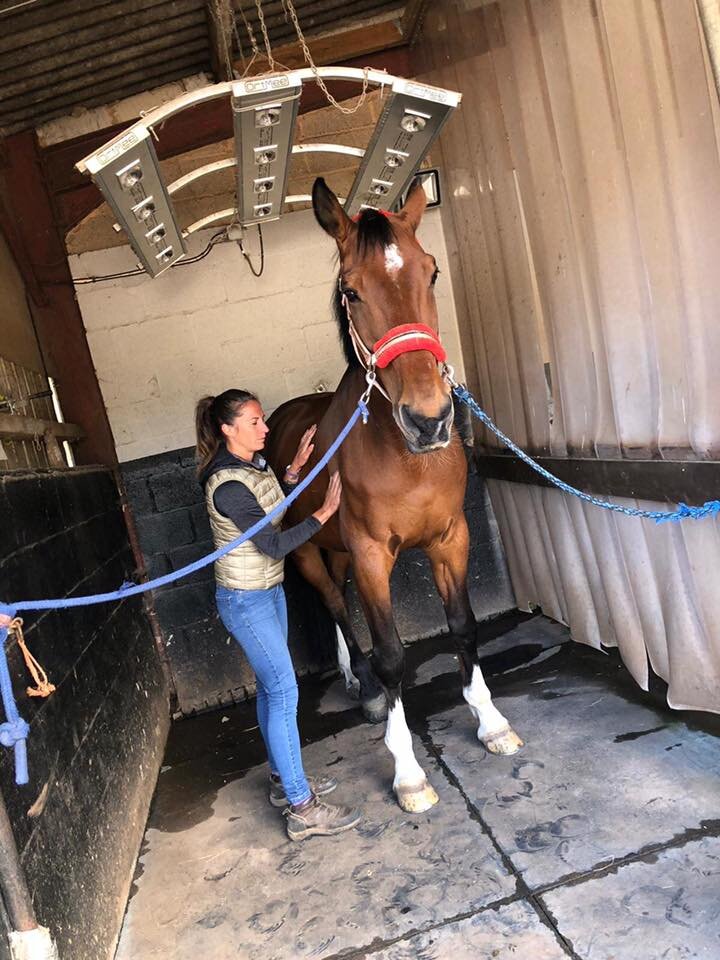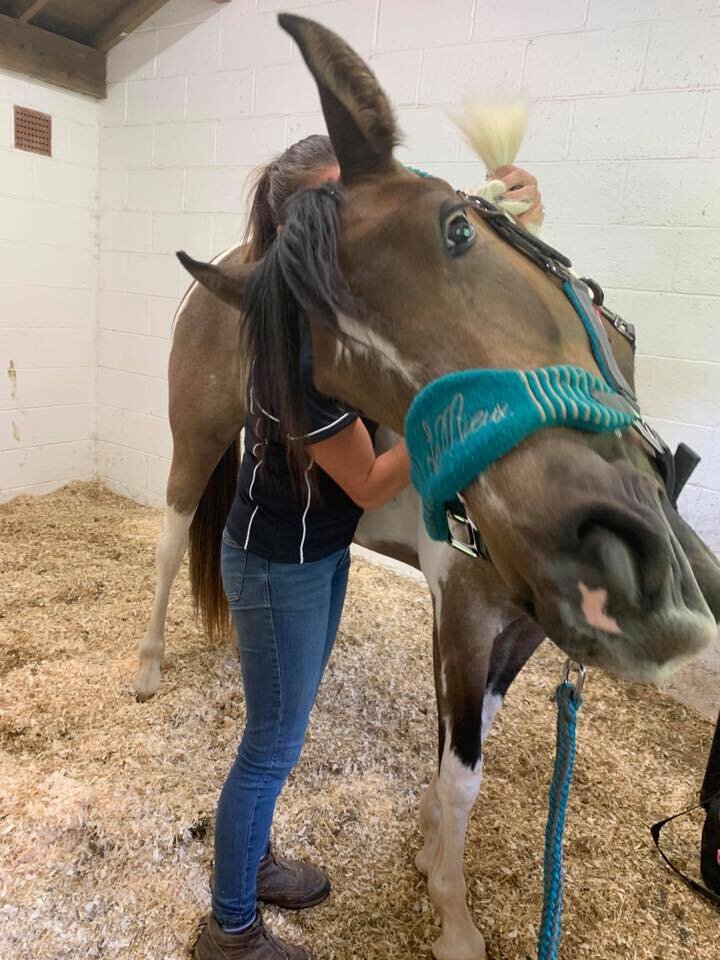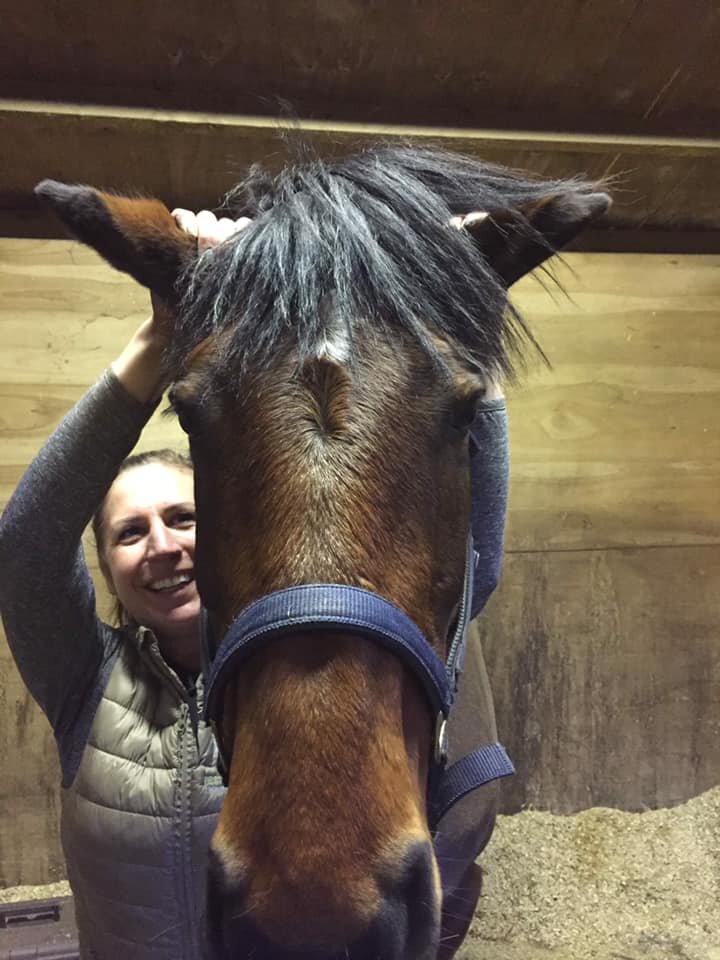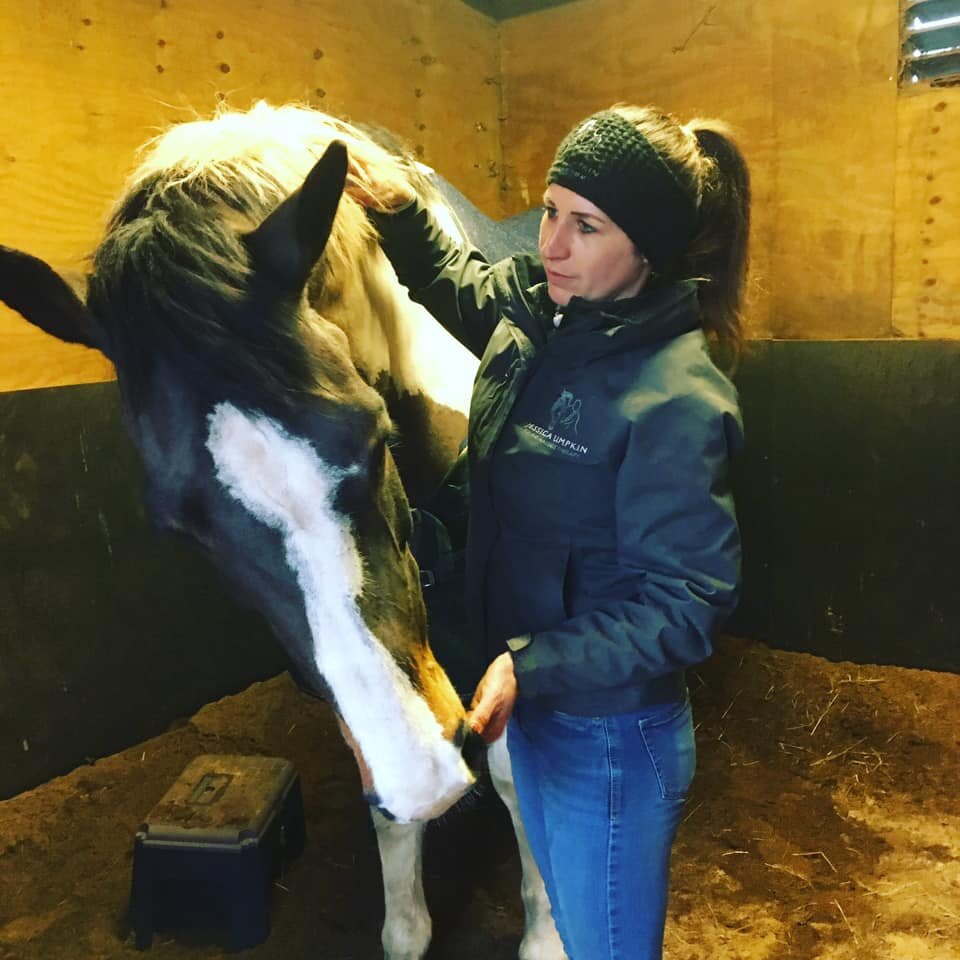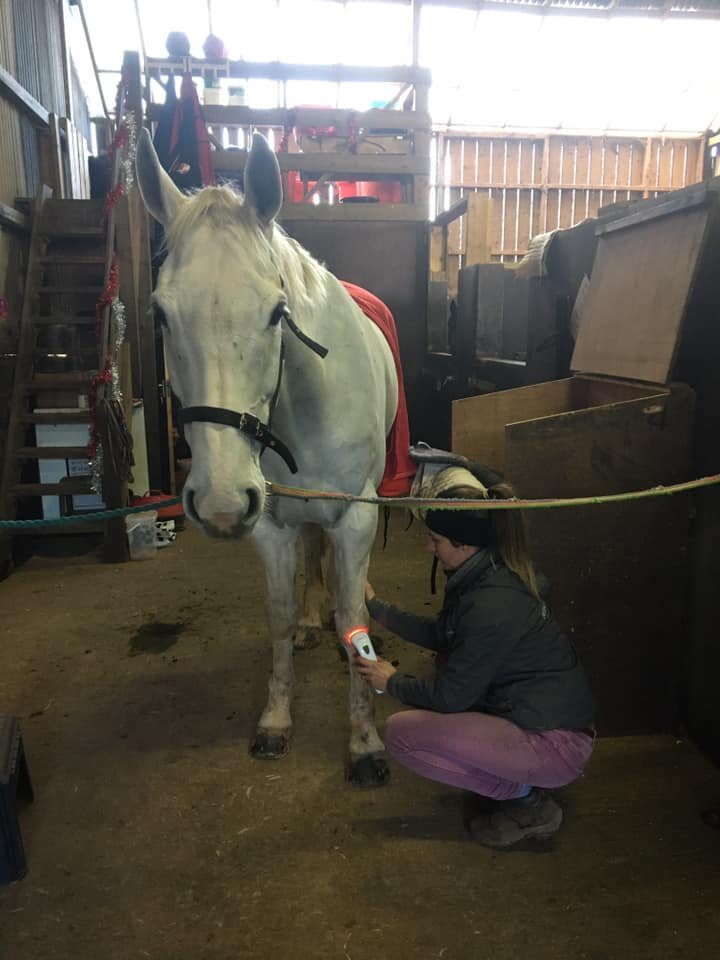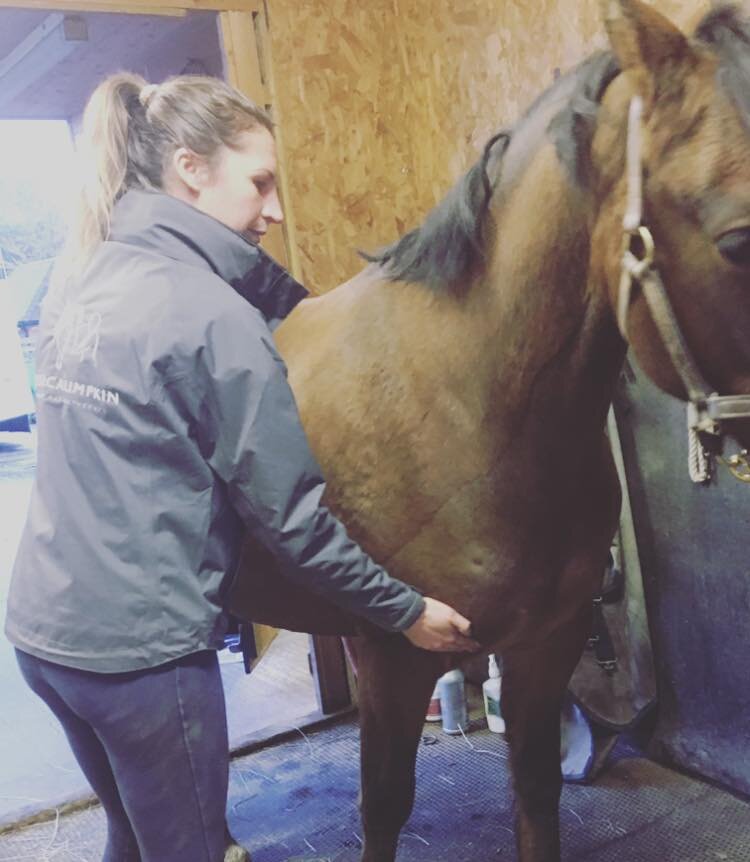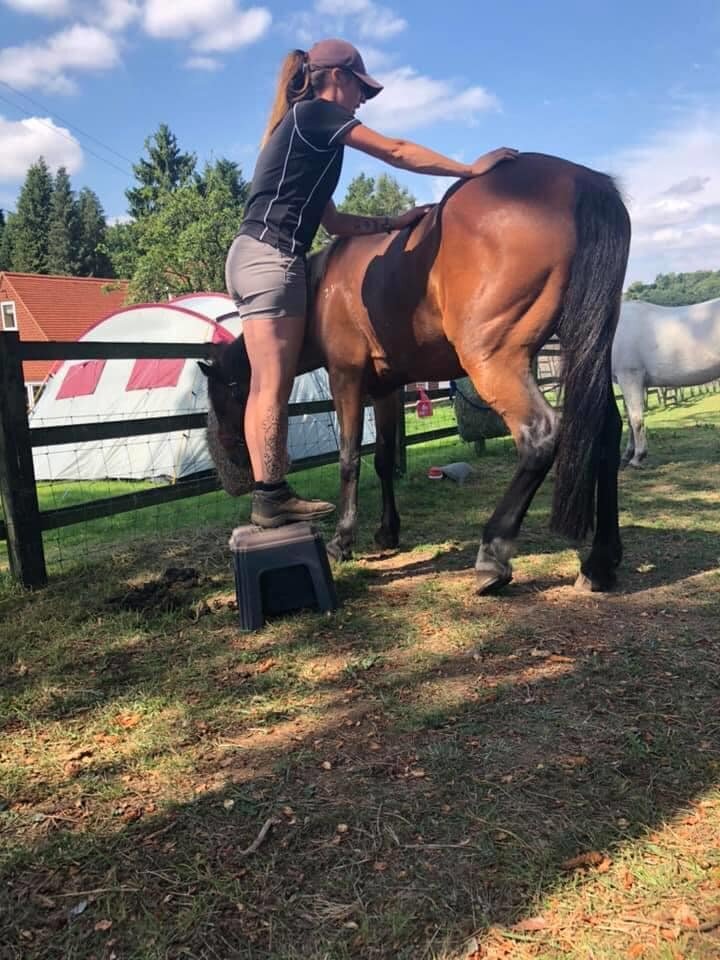Introduction to Trigger Point Therapy
A trigger point is a combination of lactic acid build-up and motor nerve ending irritation, mostly in the fleshy part (belly) of the muscle.
The term “trigger point” derives from the fact that when pressure is applied to a particular point, a pain signal will be sent to other parts of the body.
Trigger points can be found in any muscle of the body and are mostly caused by overwork with not enough stretching or rest.
They may also be caused by too much fatigue, nervous stress, restlessness, and boredom which can trigger the same muscular tension.
Application
After warming and loosening up the area to be treated with massage techniques, light pressure is applied at the location of maximum tenderness, or directly over the trigger point nodule.
The pressure is held until the muscle relaxes. Pressure may be applied with fingertips, the thumb, the elbow or The FascialEdge® and sometimes the phototonic red light, depending on which is most appropriate for your horse.
Some old, chronic trigger points may need up to 3 minutes of carefully applied pressure before completely releasing.
After the appropriate technique has been applied and the trigger point released the area will be drained thoroughly with further massage techniques.
Benefits
Improves flexibility and range of motion - pain causes reduced flexibility and range of motion. Trigger point therapy can be used to release muscle tension, improving flexibility and increasing overall range on motion.
Increases circulation to the previously contracted muscle fibres therefore enabling oxygen and nutrients to flow to the spot and enabling the muscle to become fully functioning again.
Improved Posture - tight muscles can have a negative effect on posture. Trigger point therapy can be used to relieve pain and tightness which, in turn, eases tension on the neck, shoulders, back and other areas that may be causing issues with posture.


